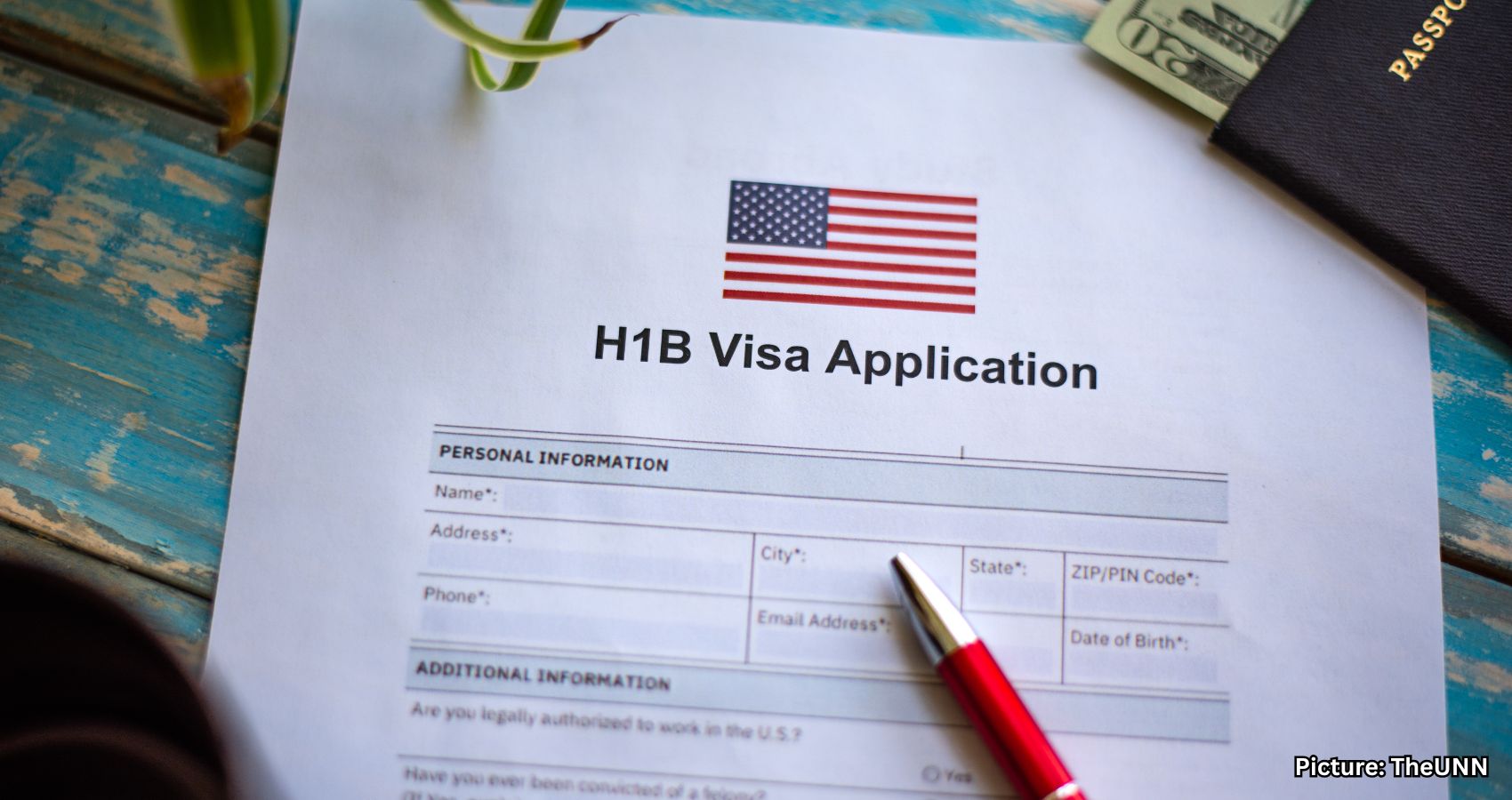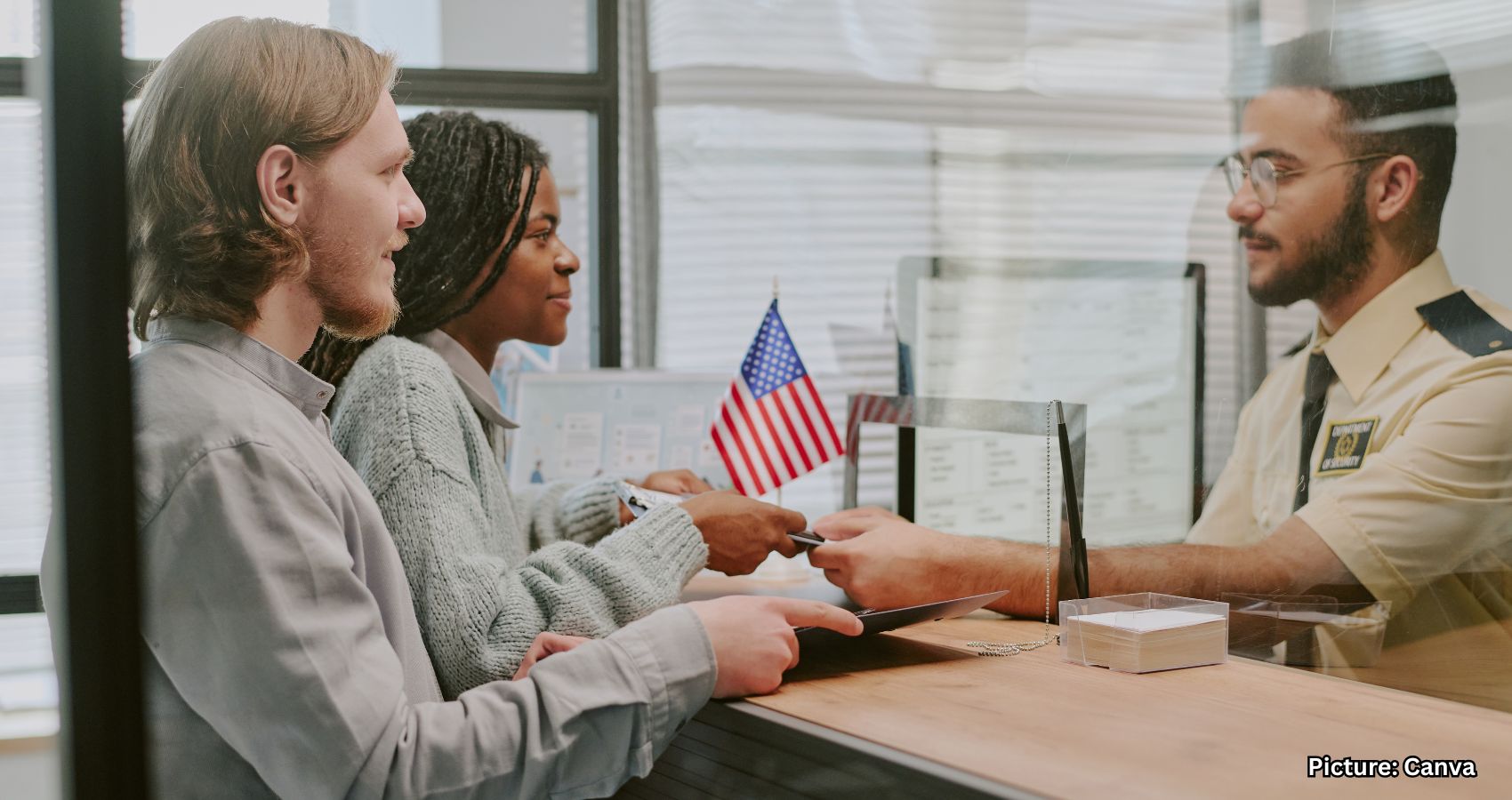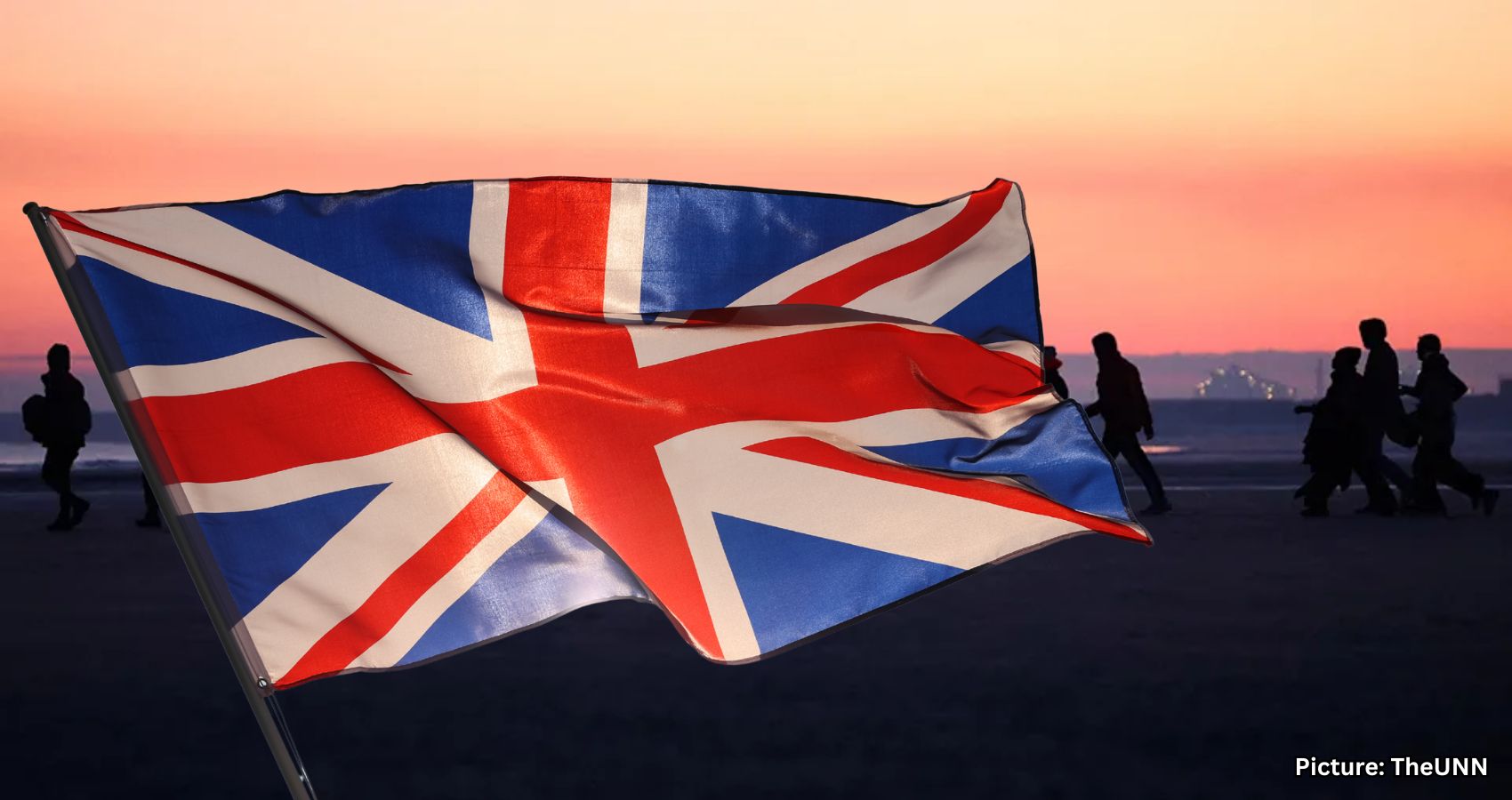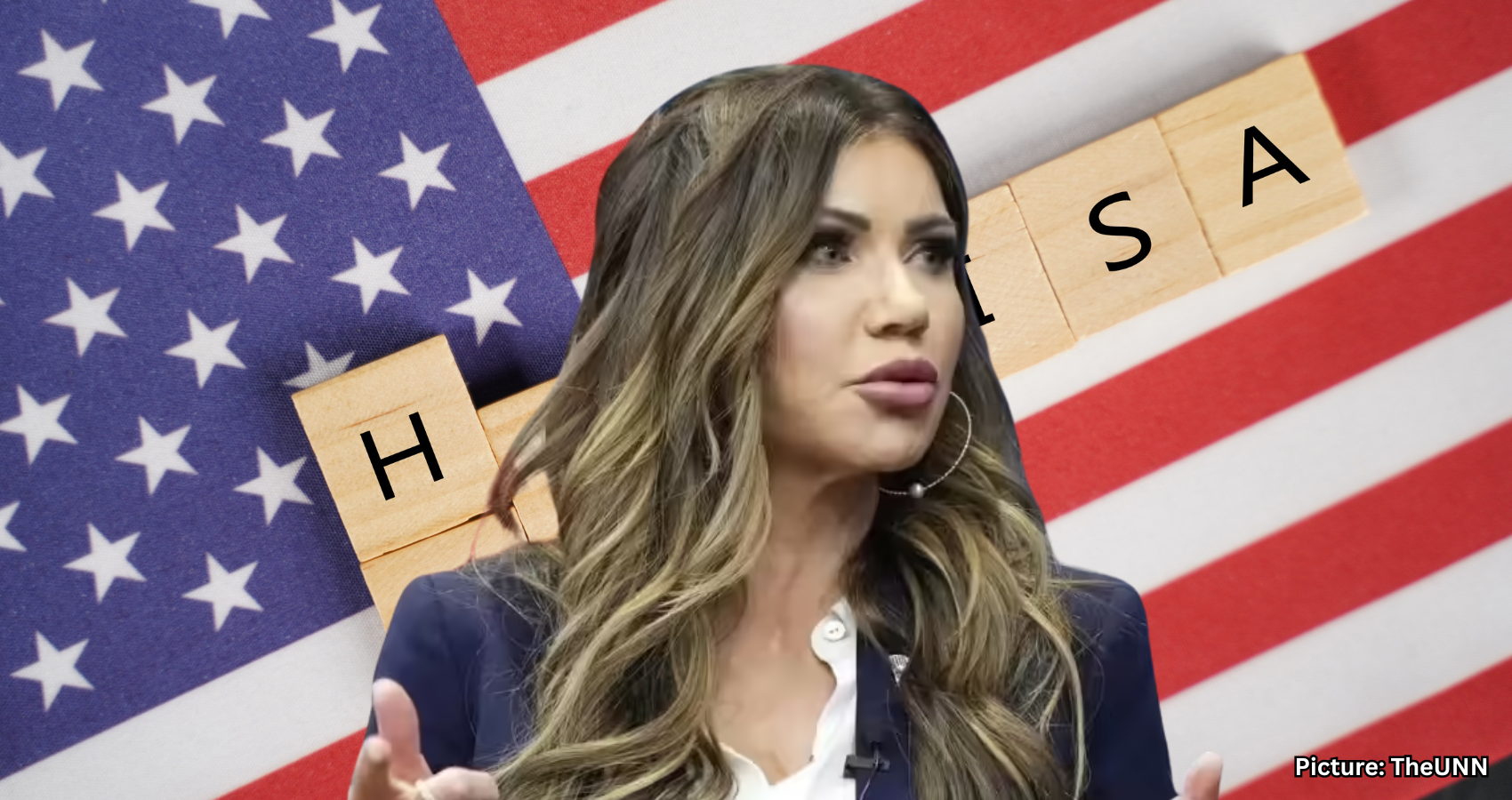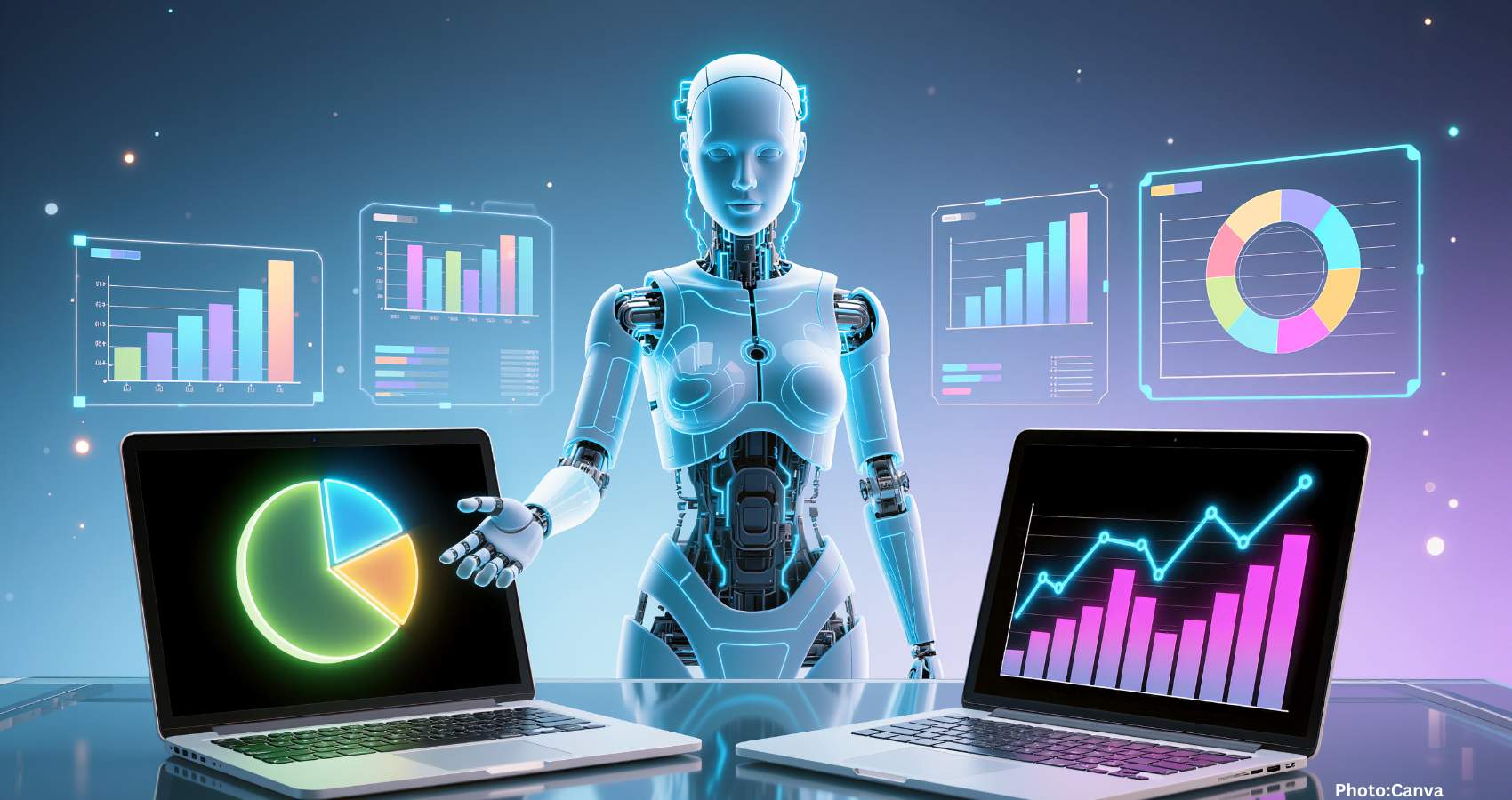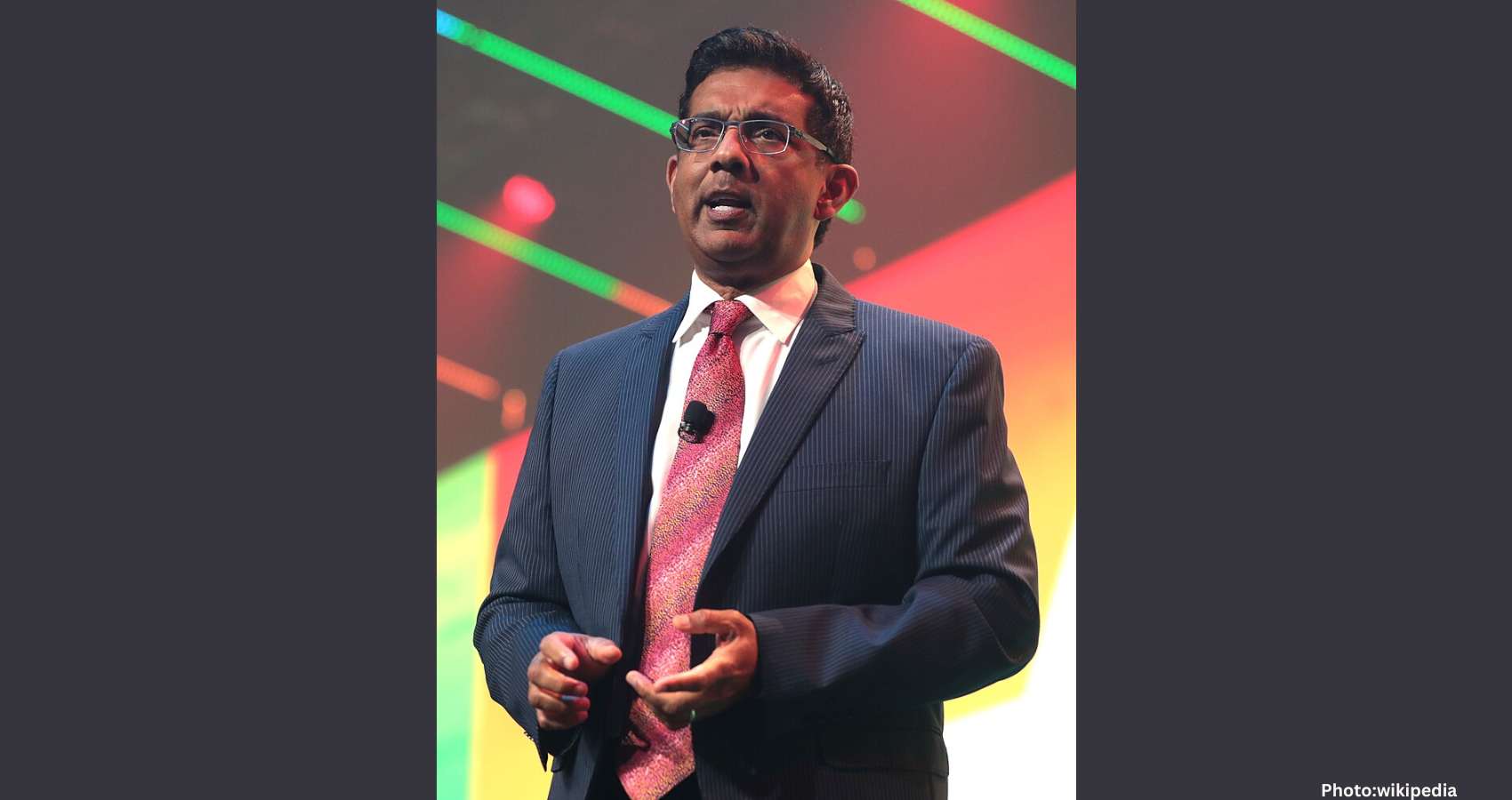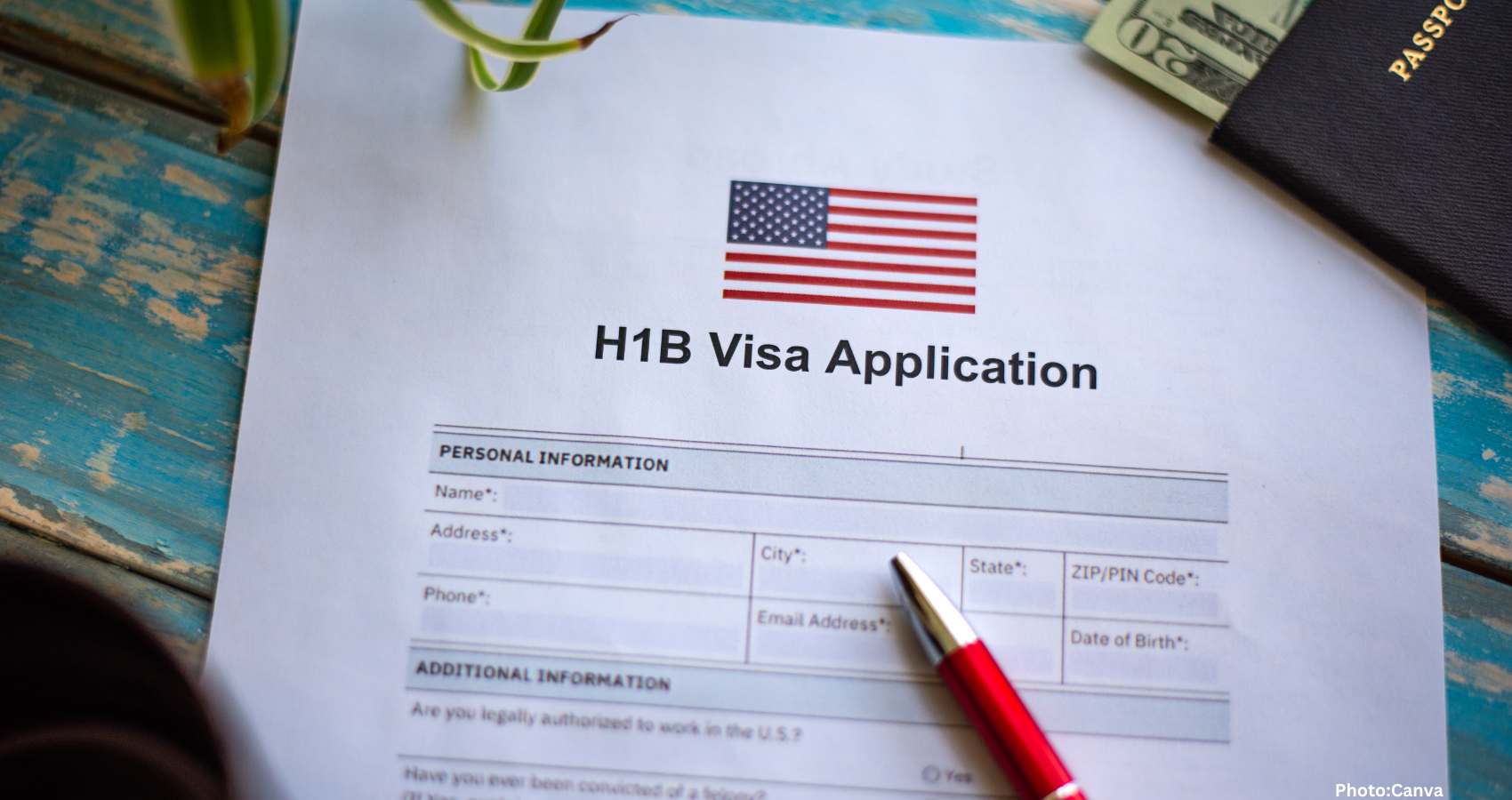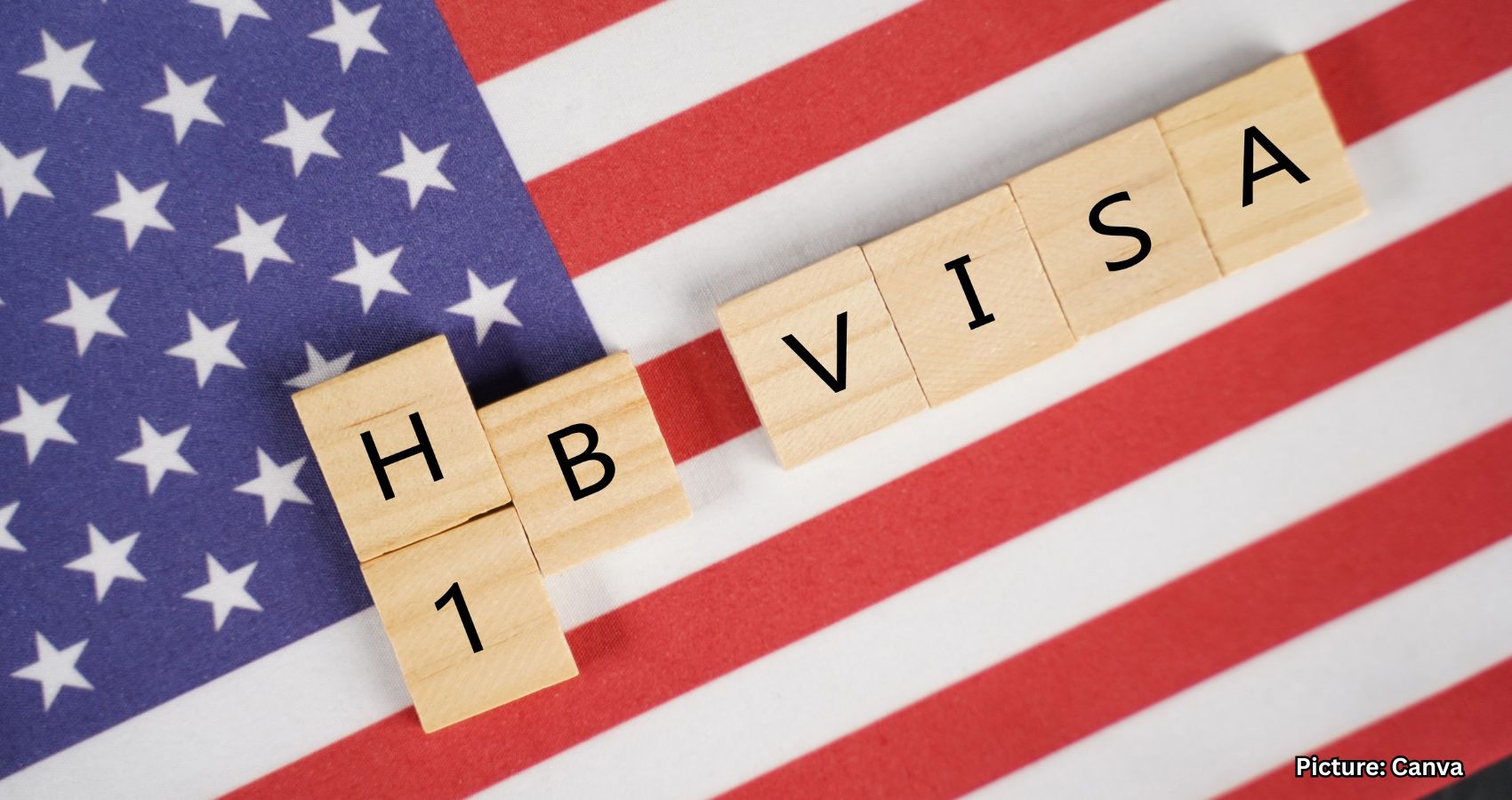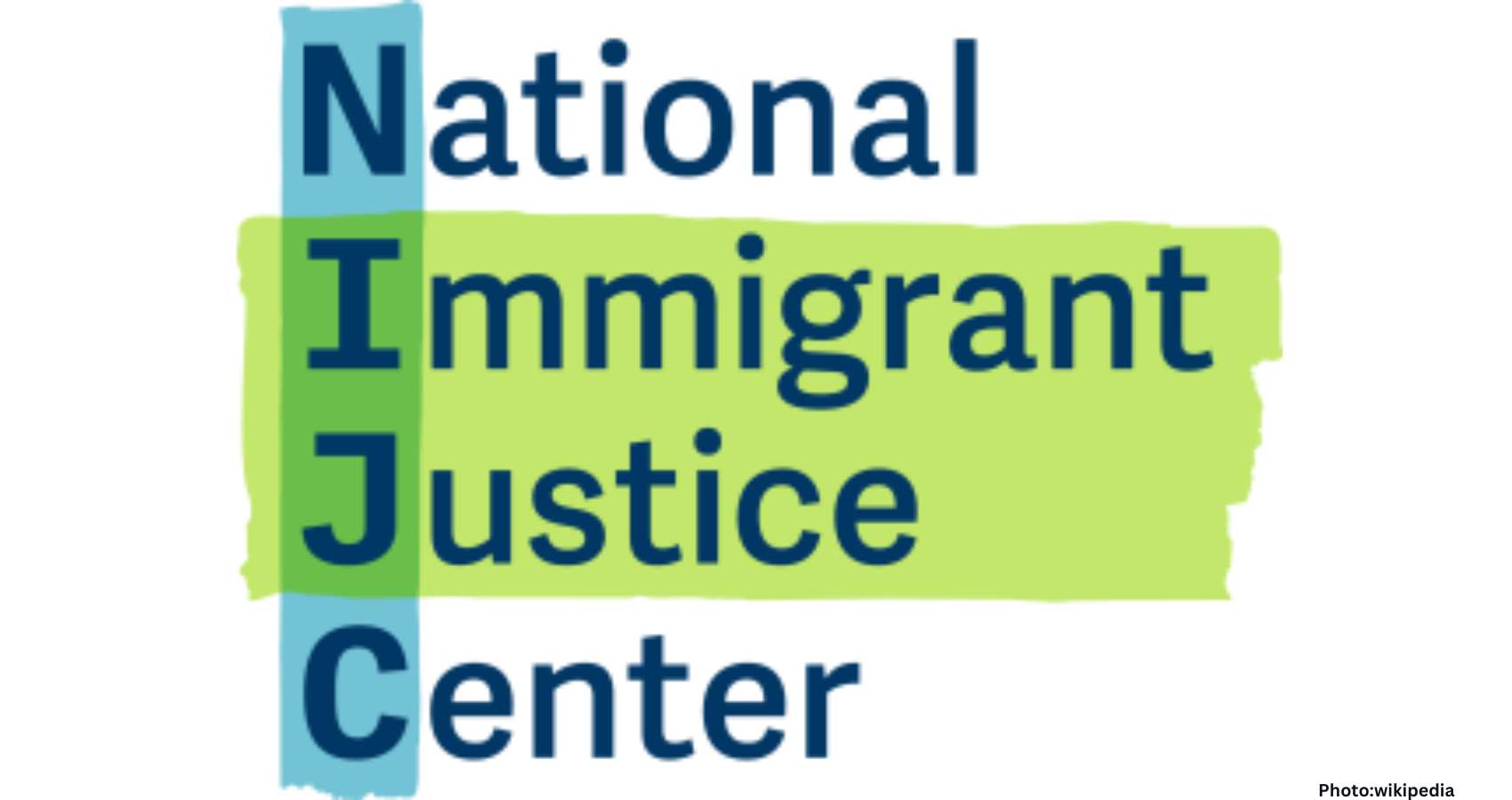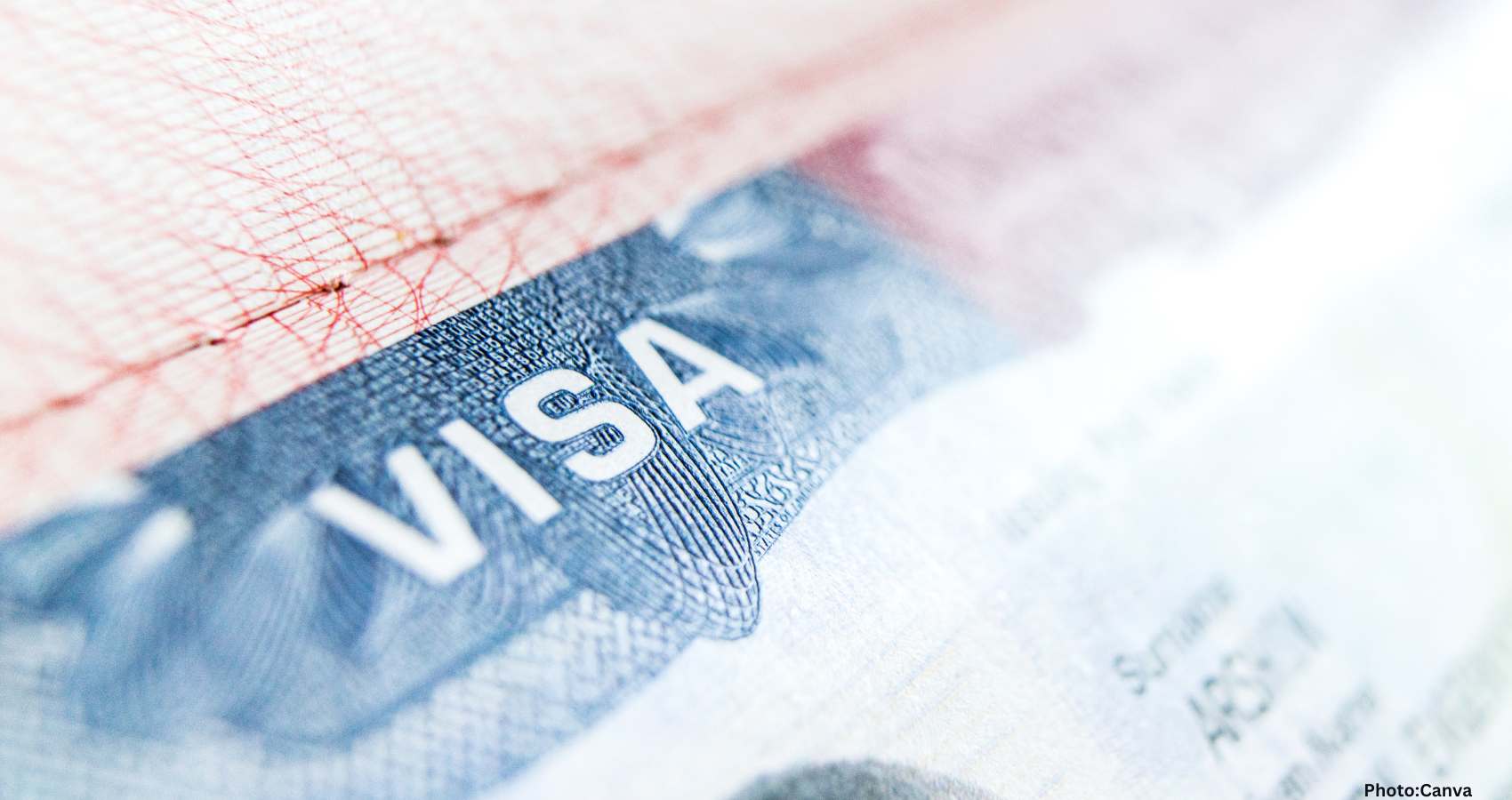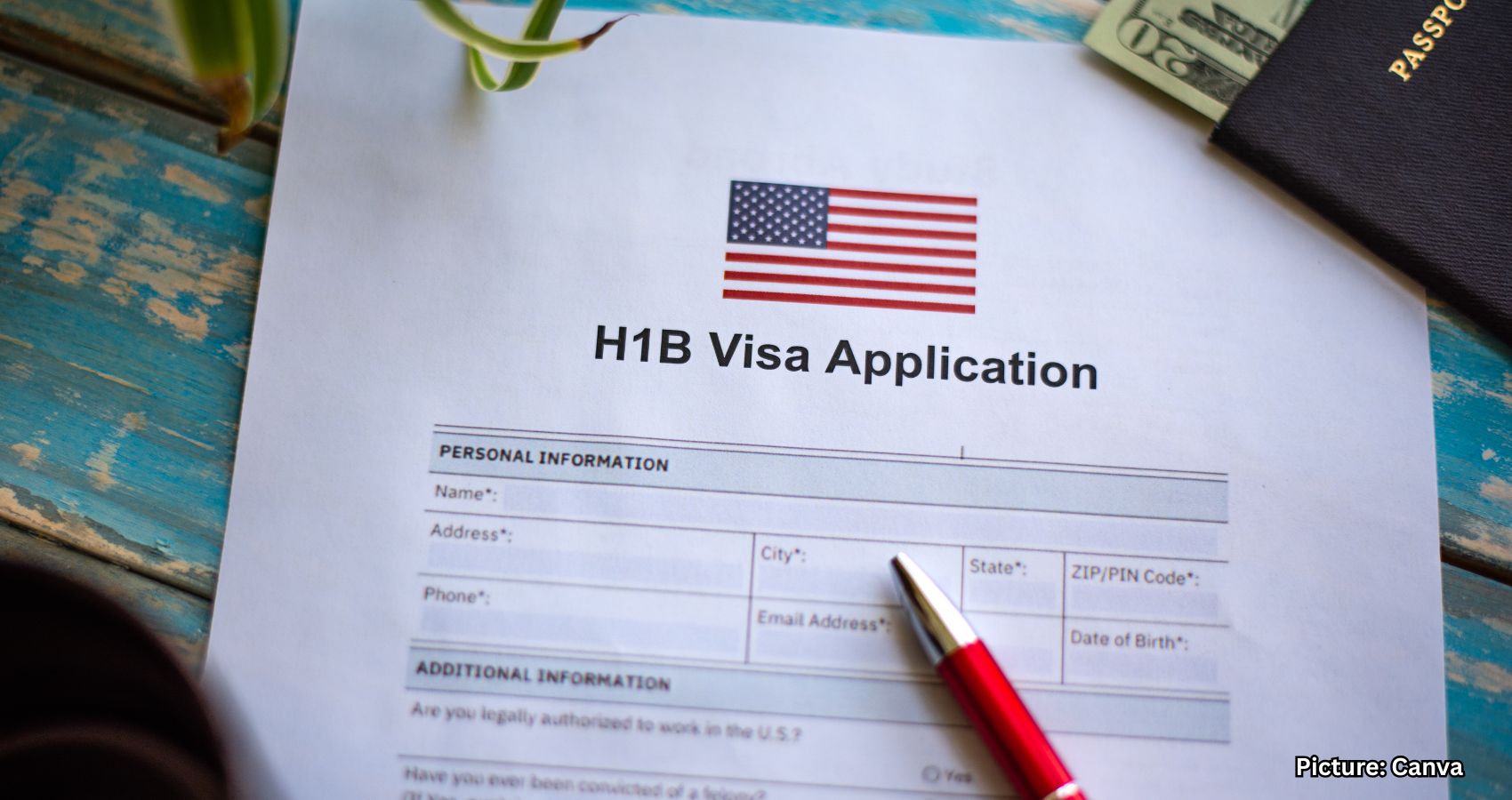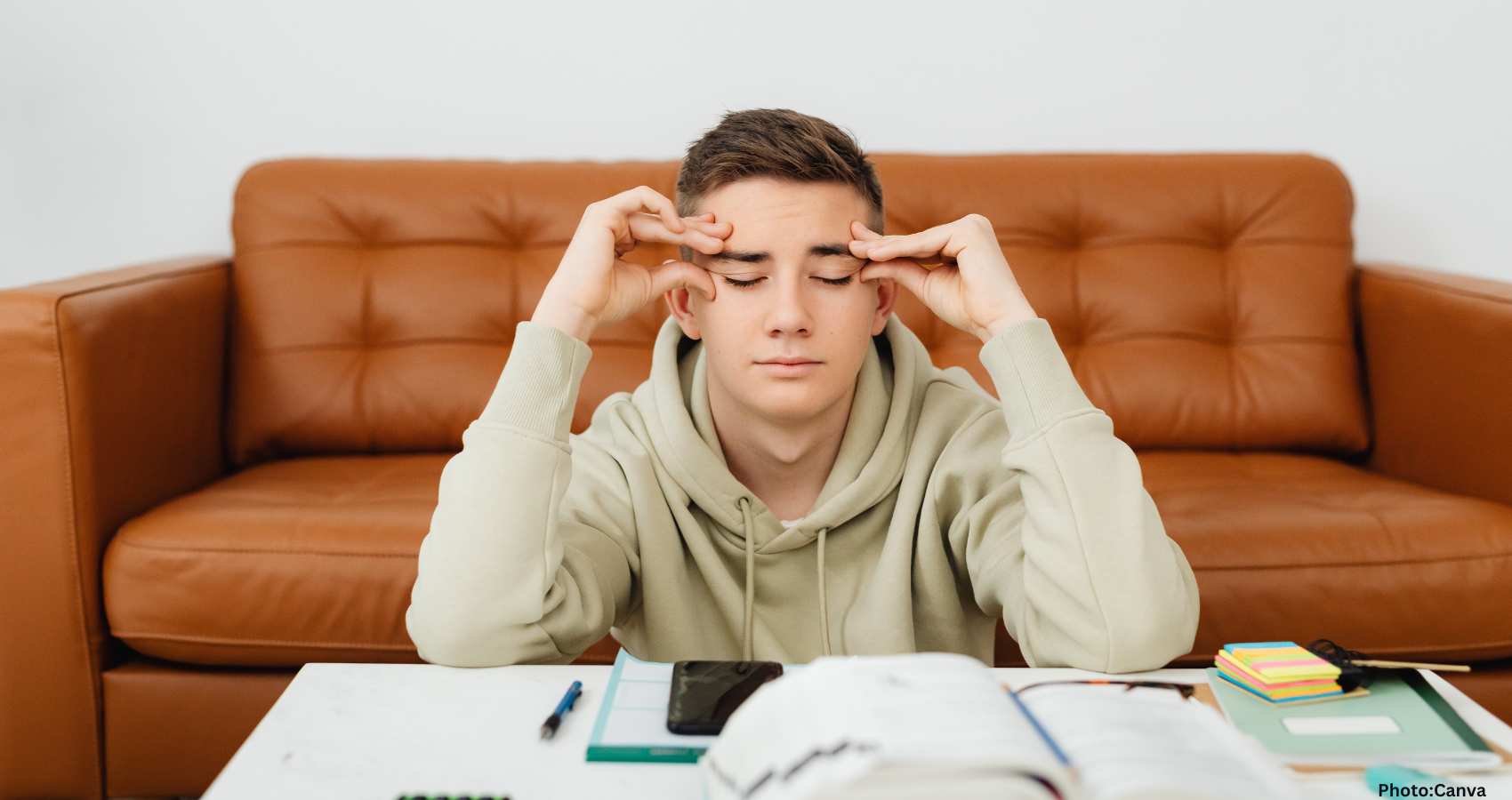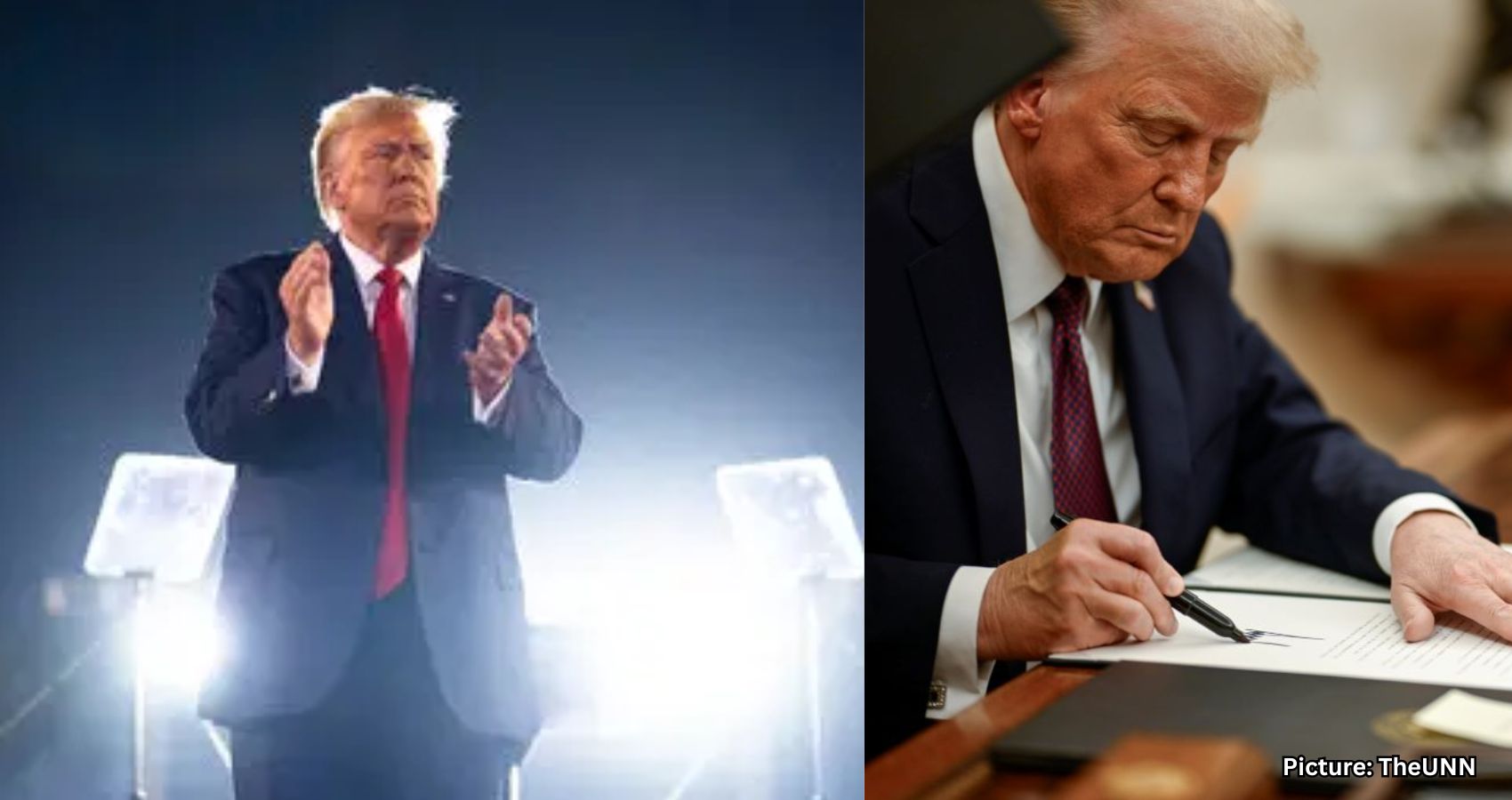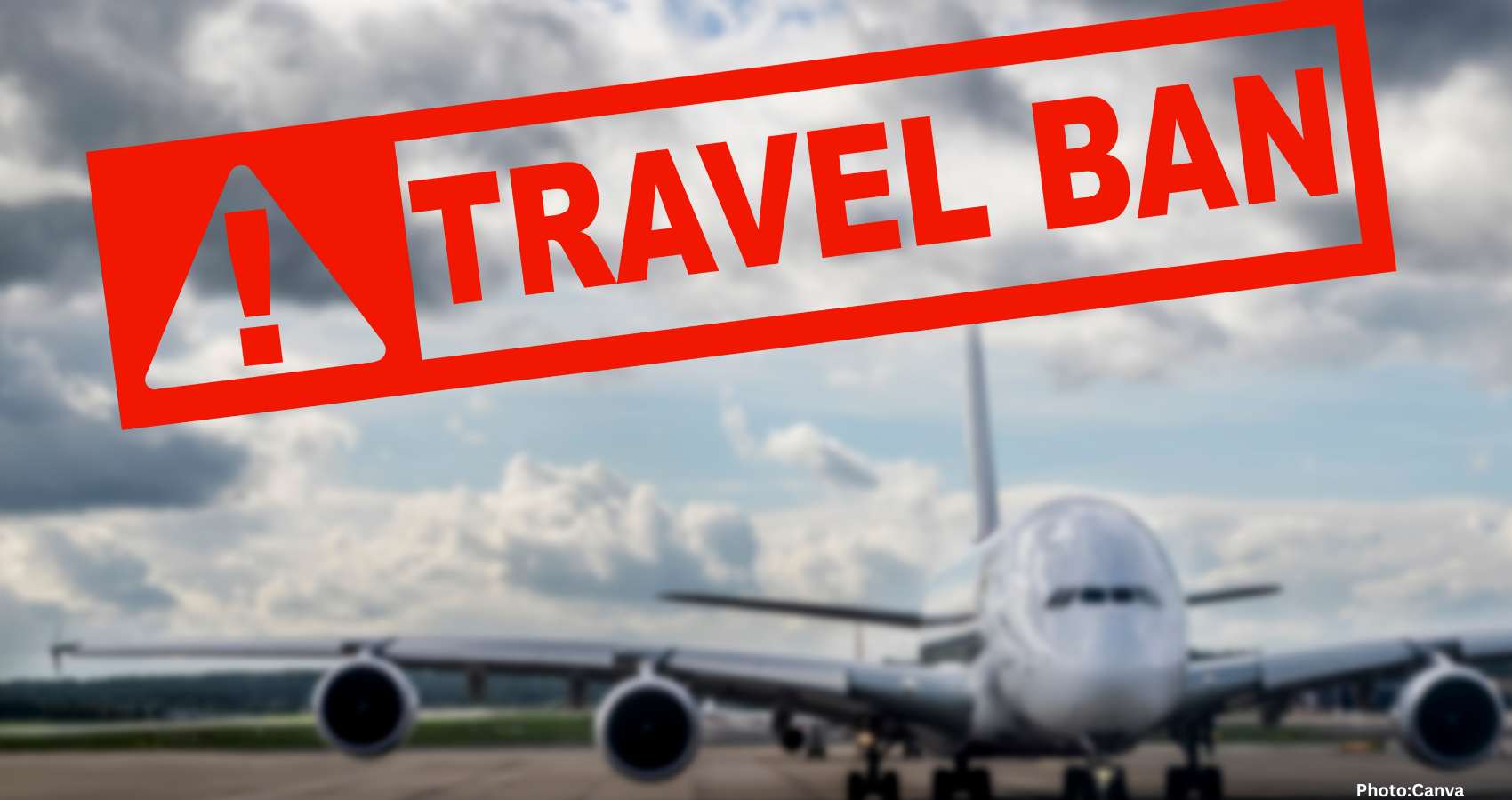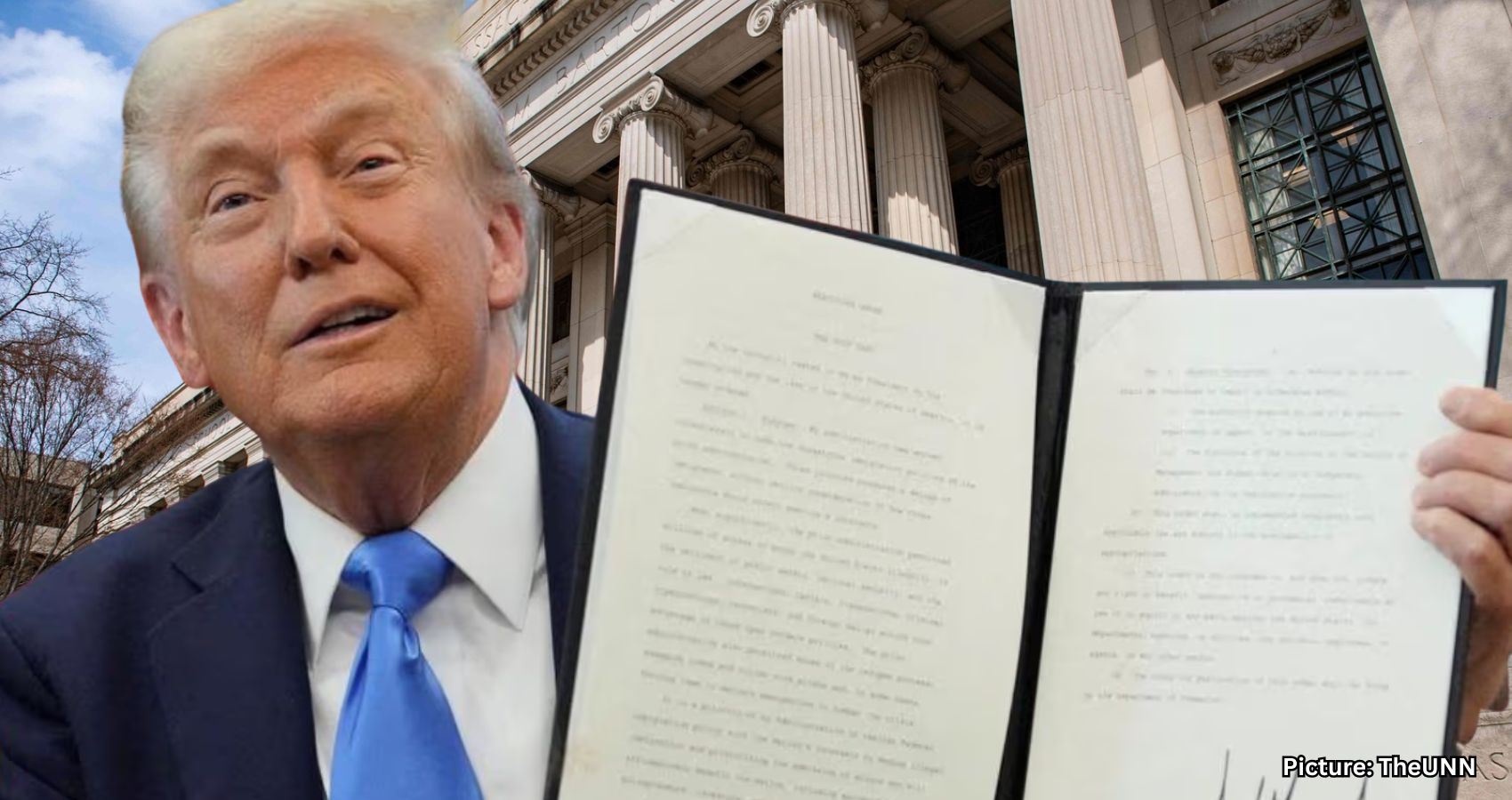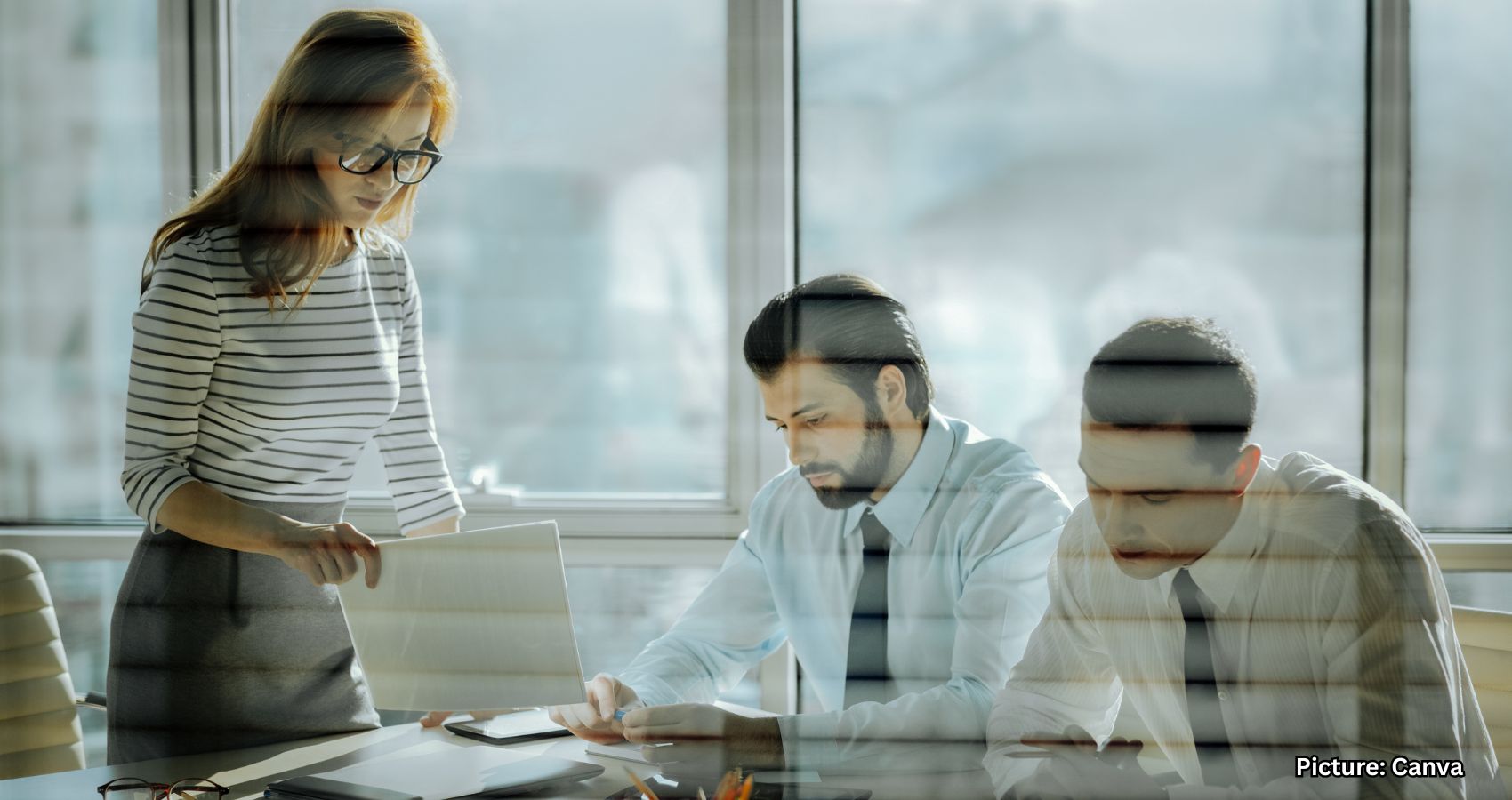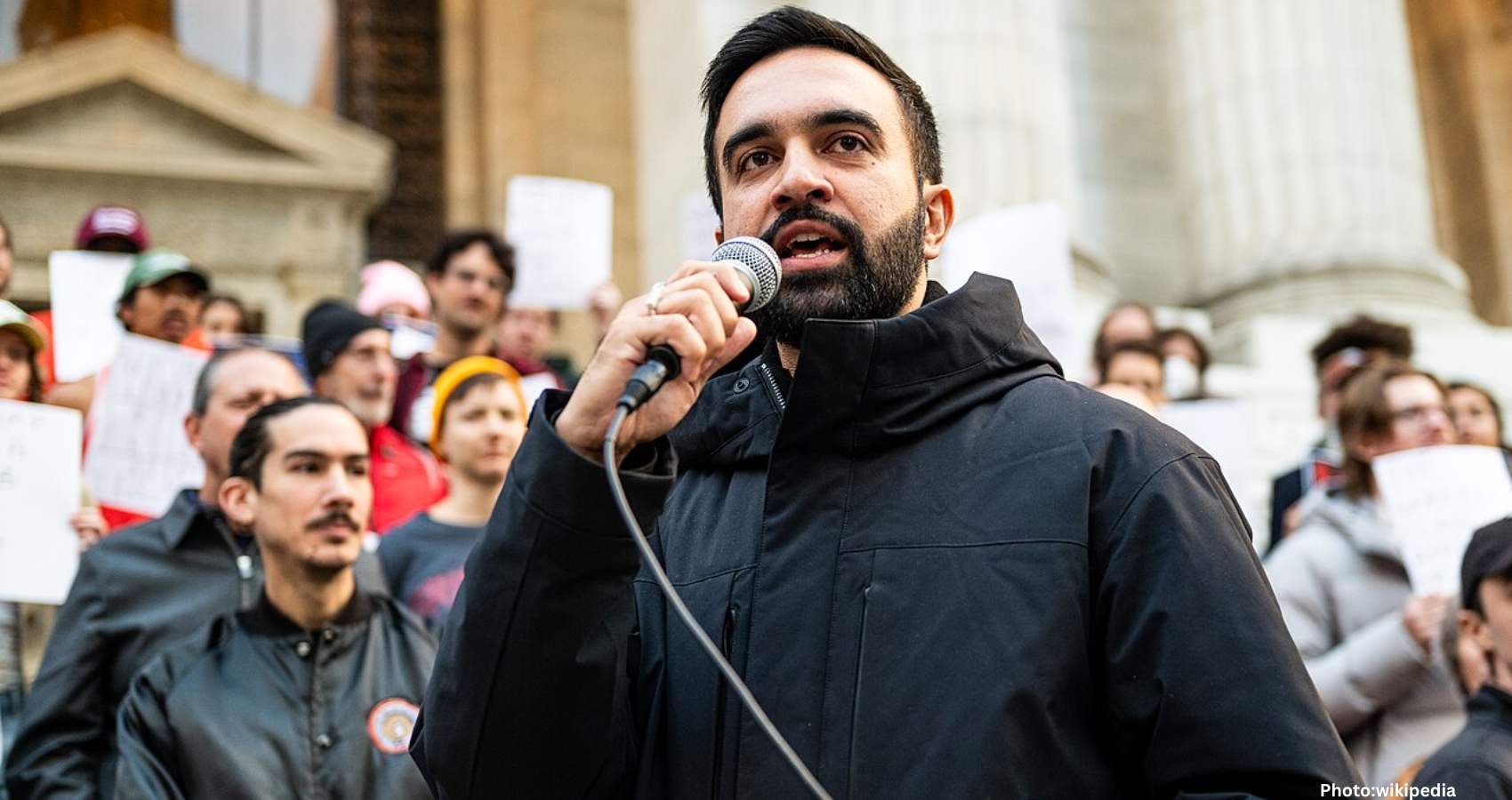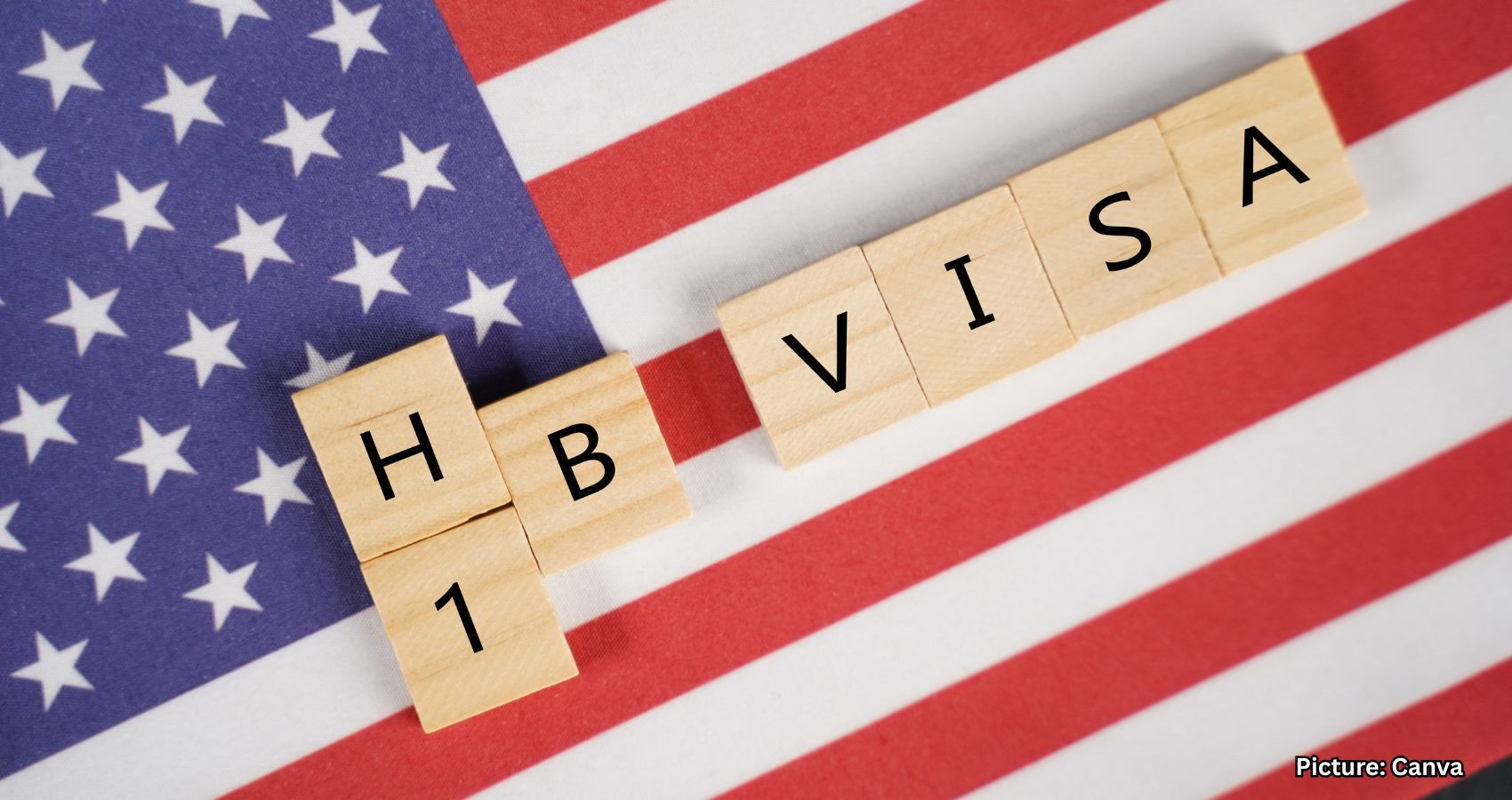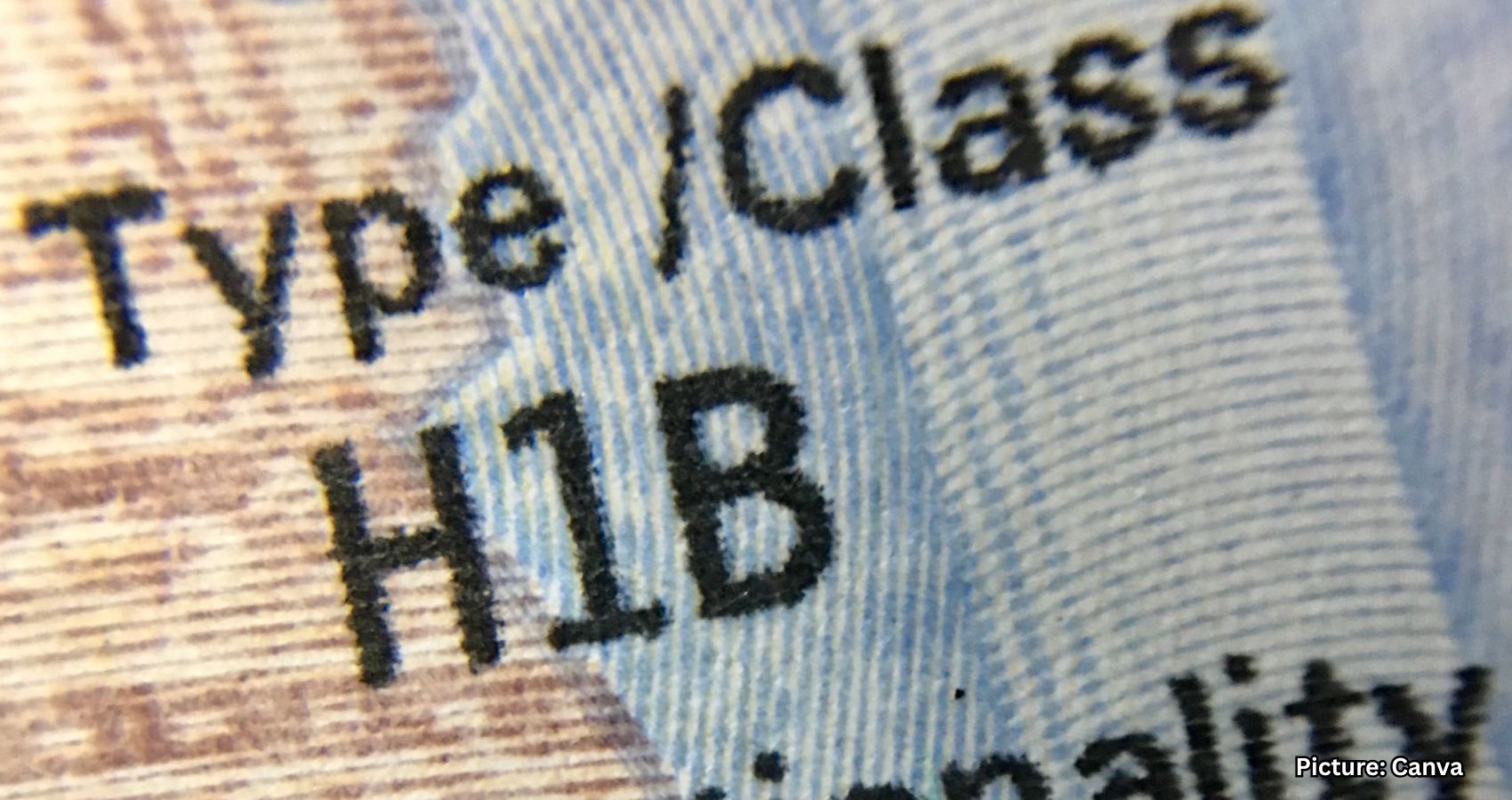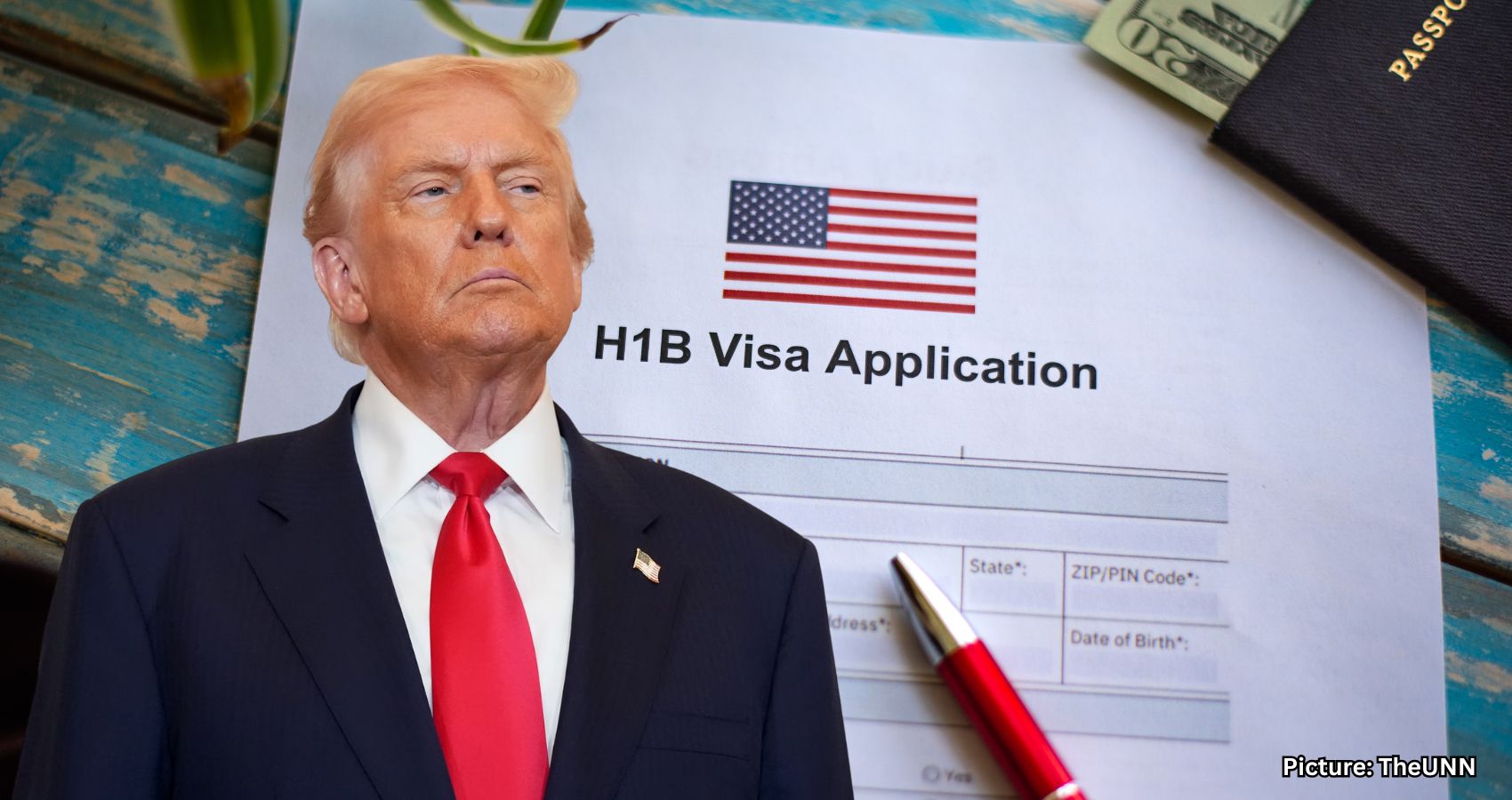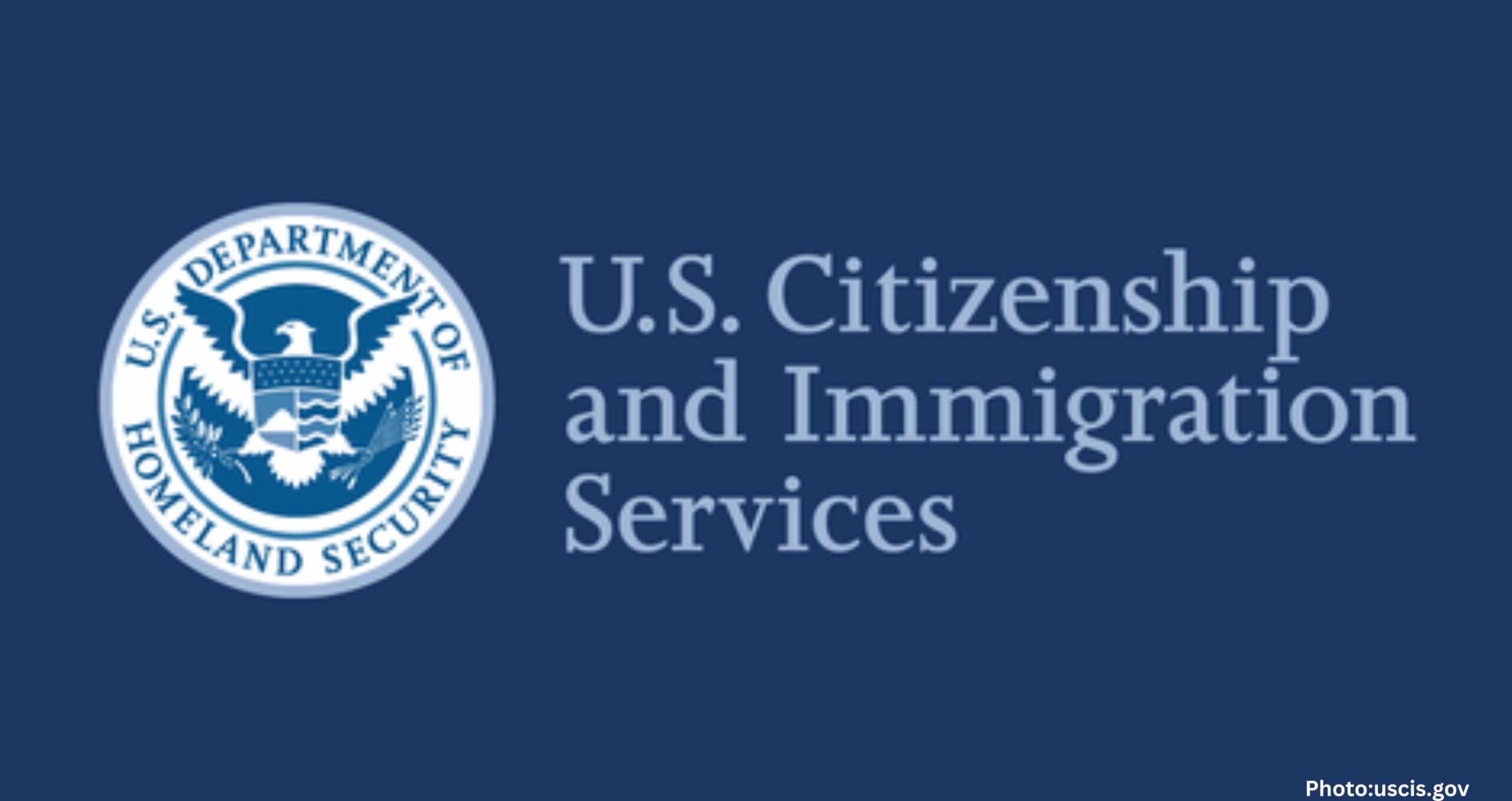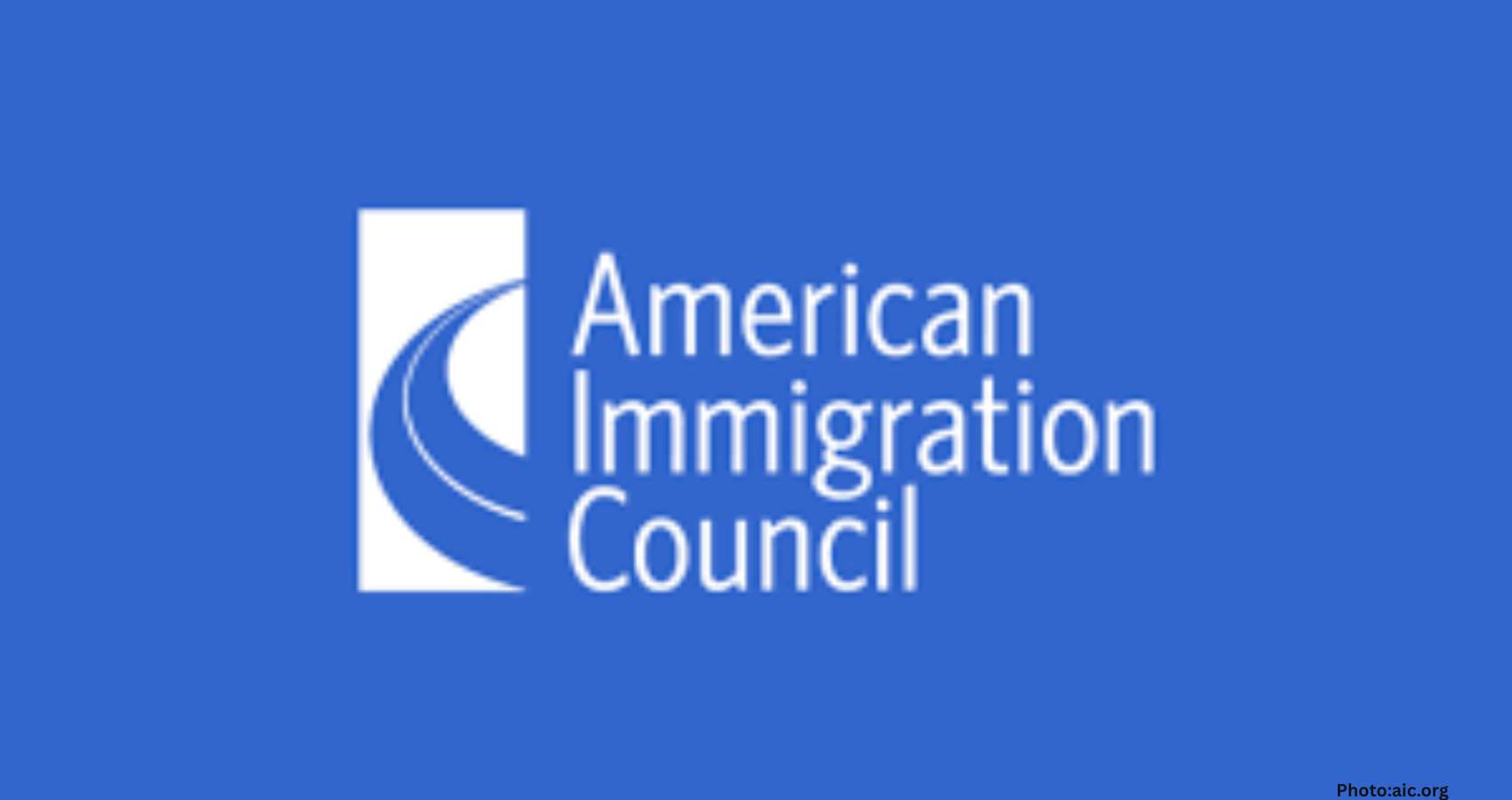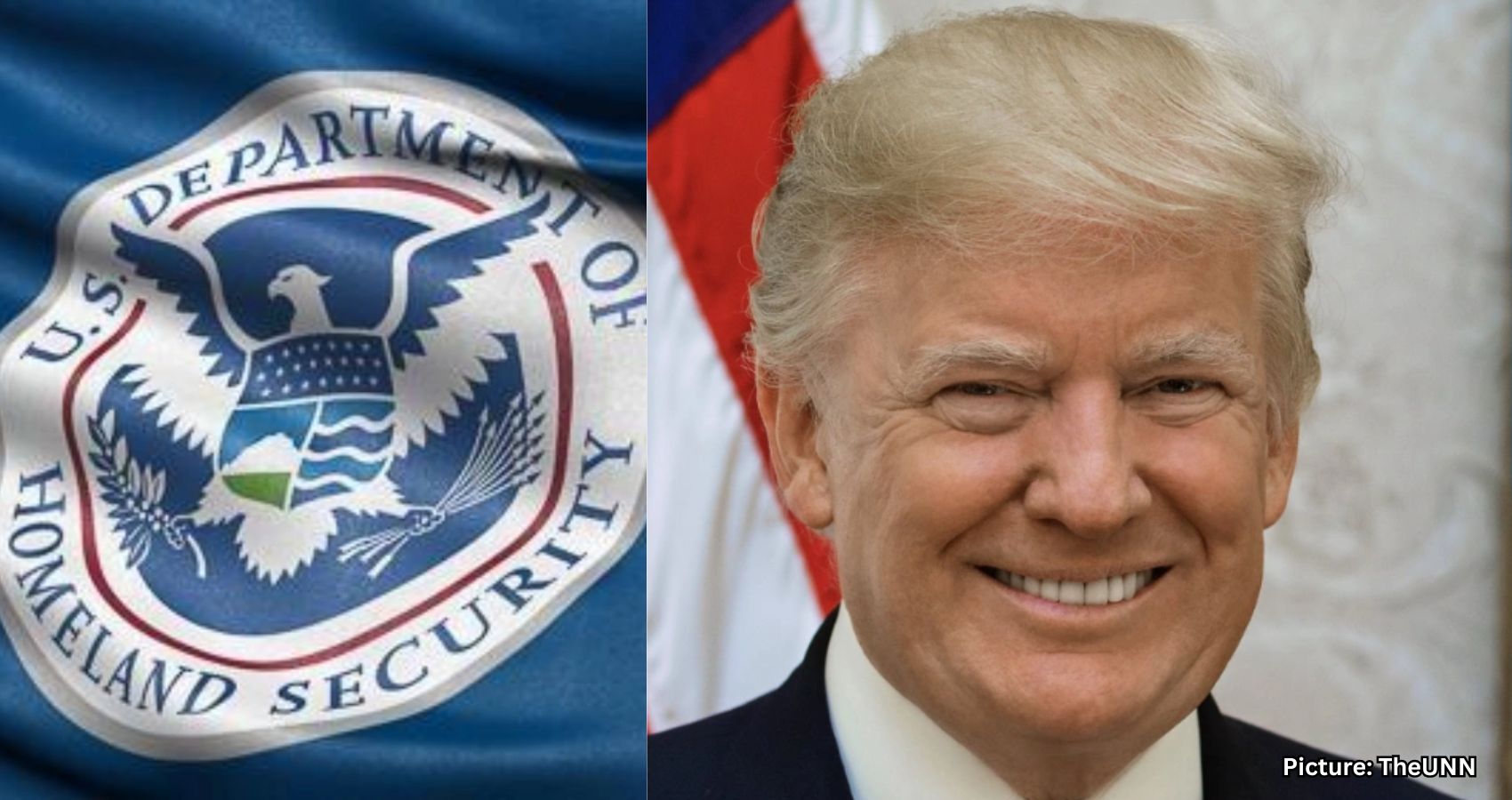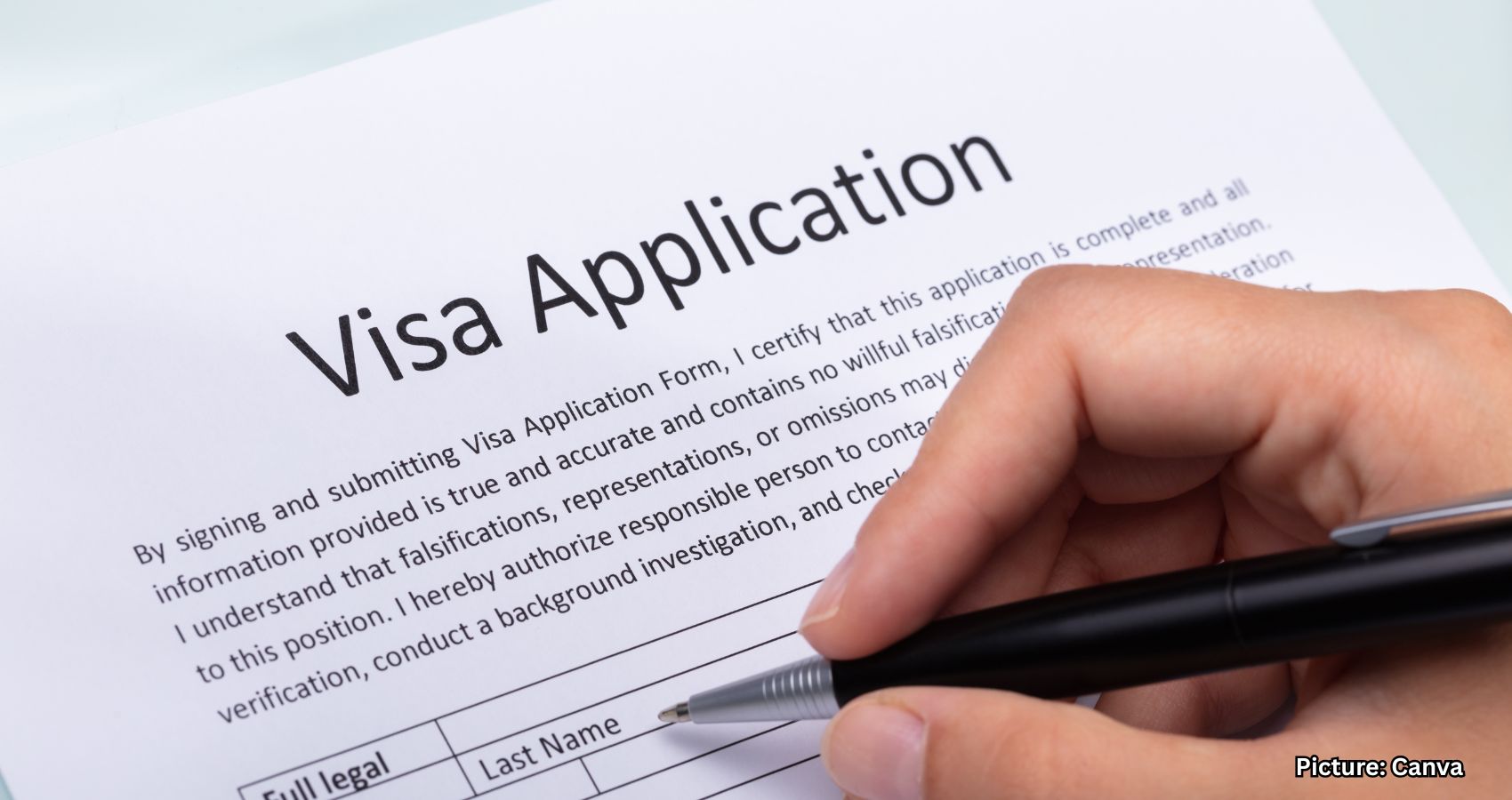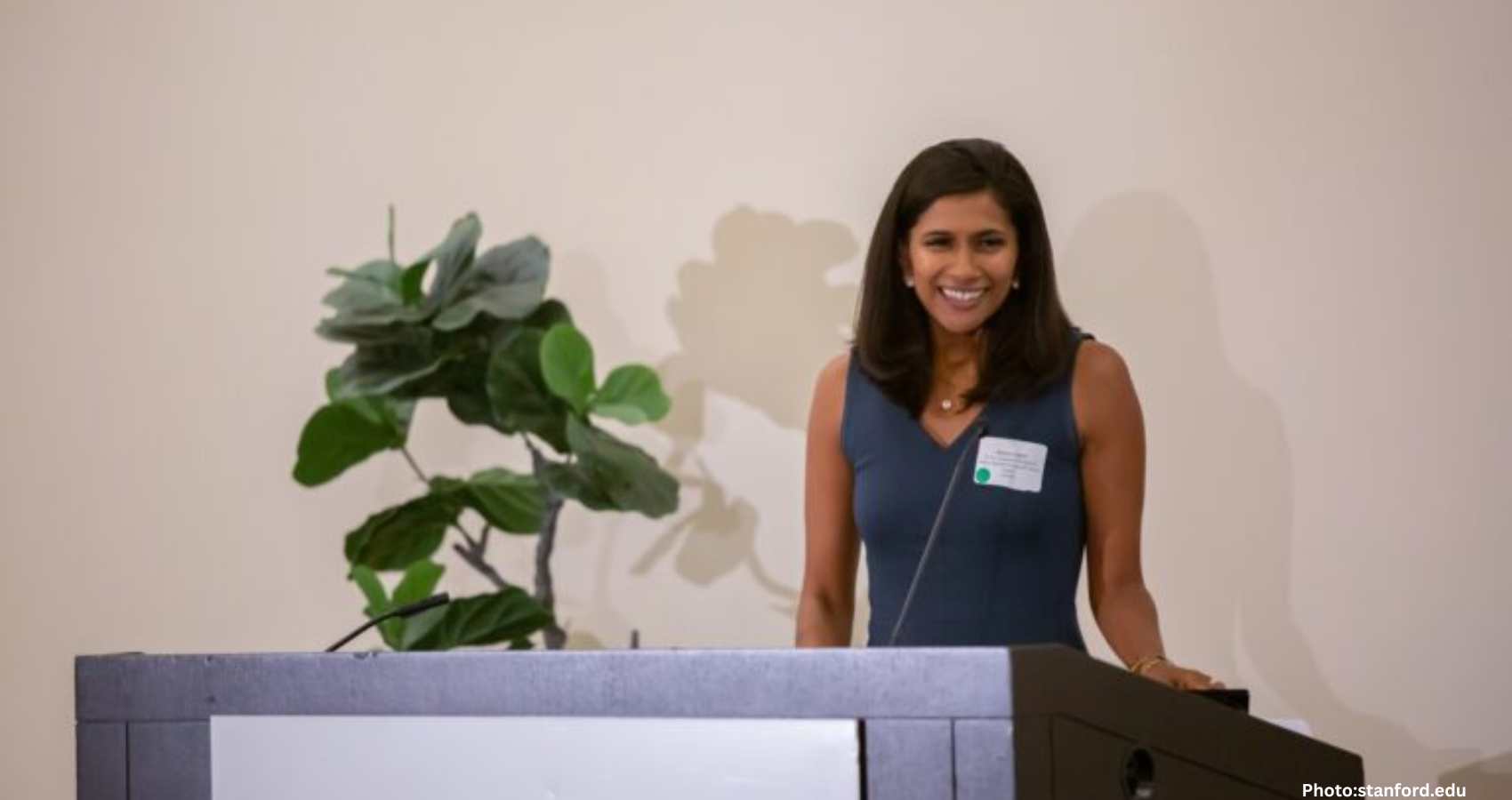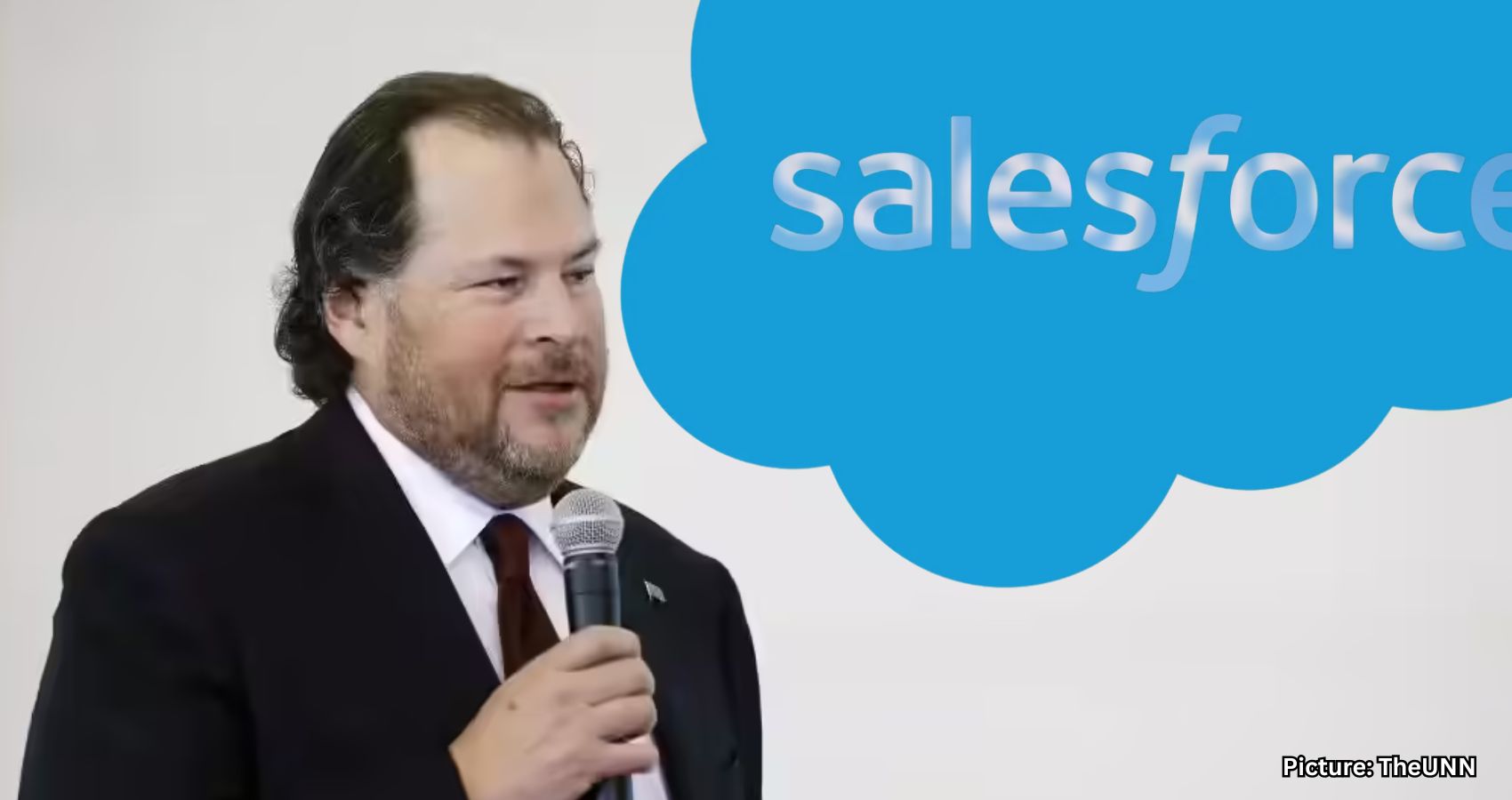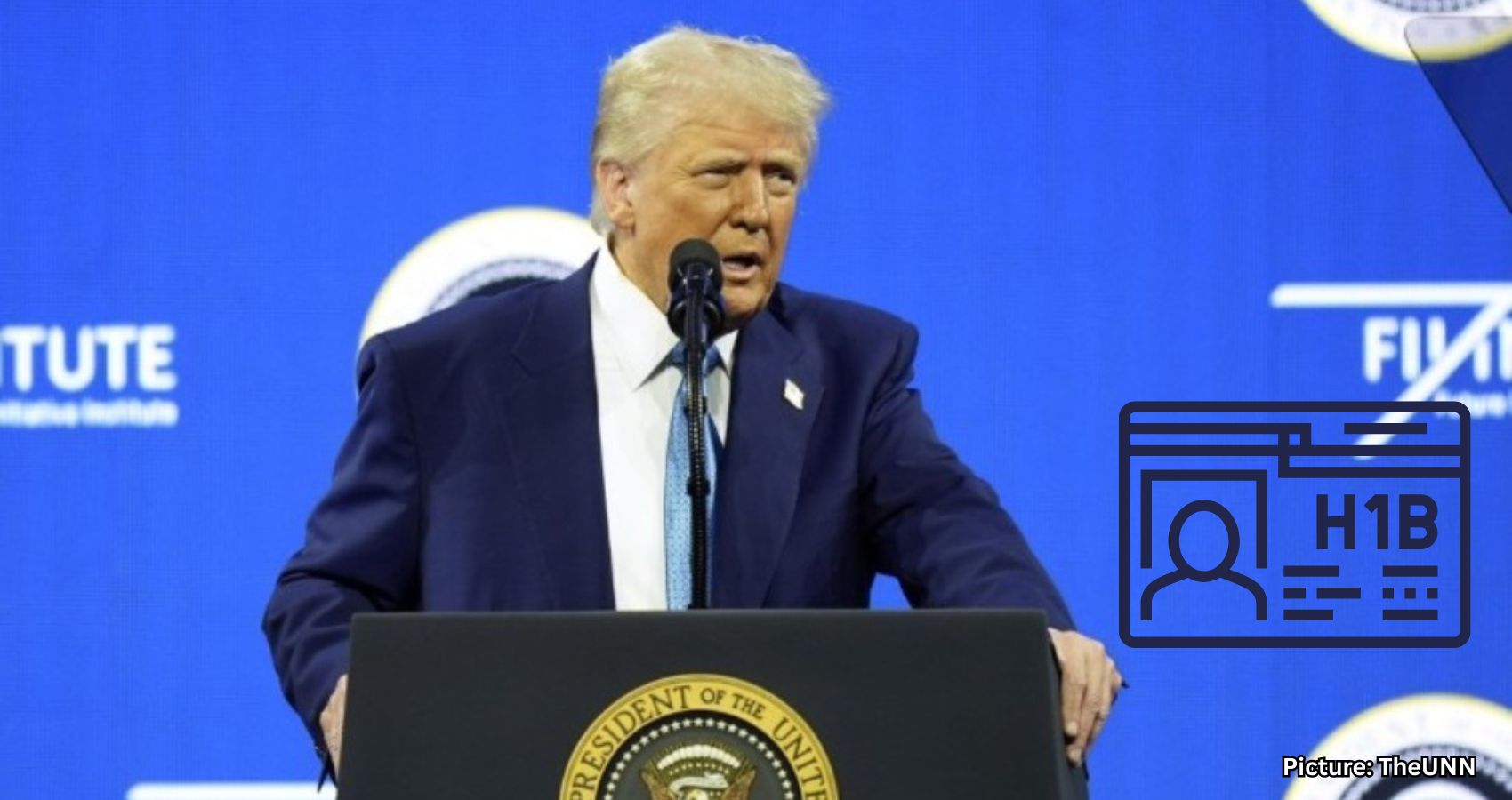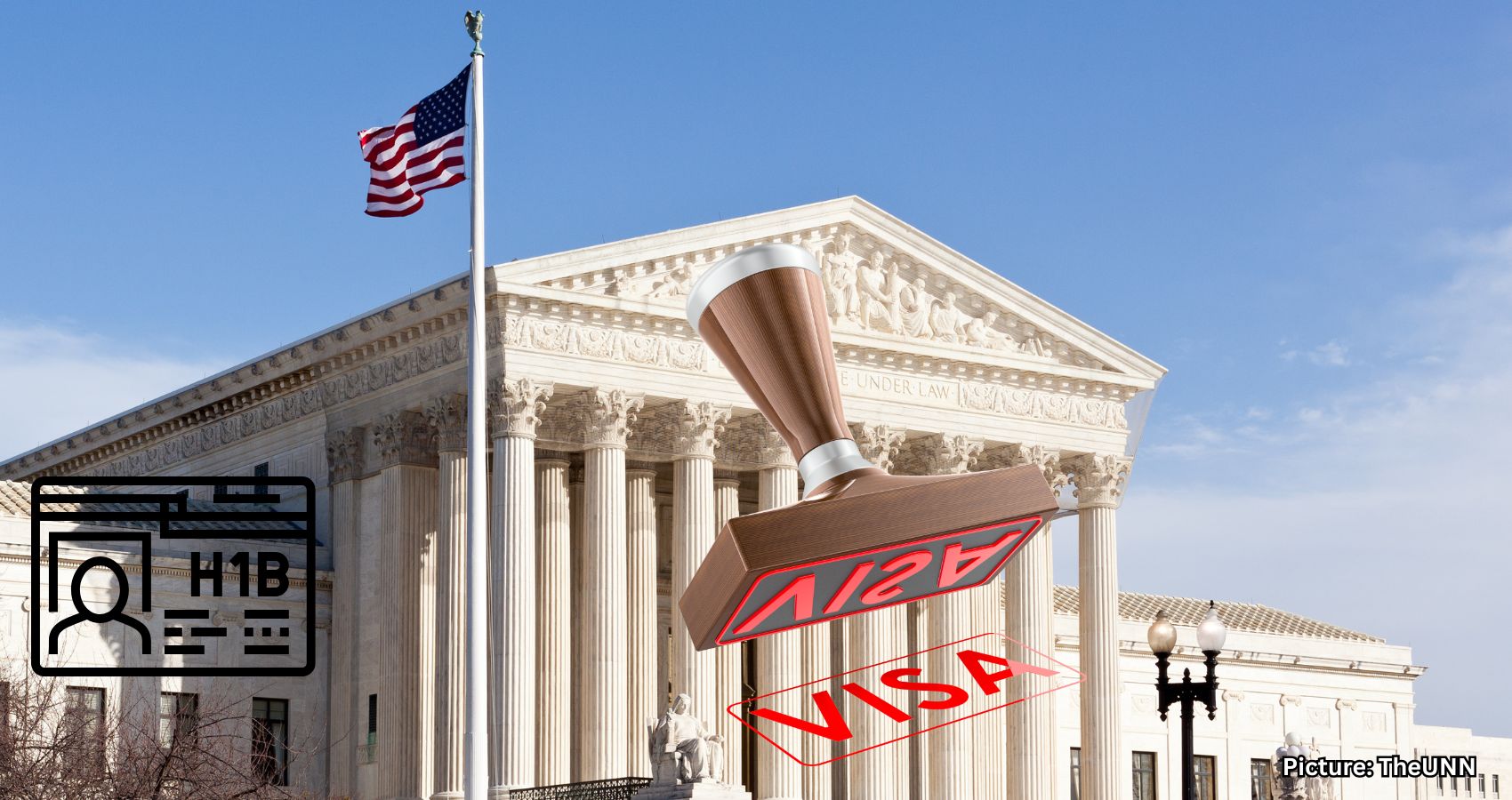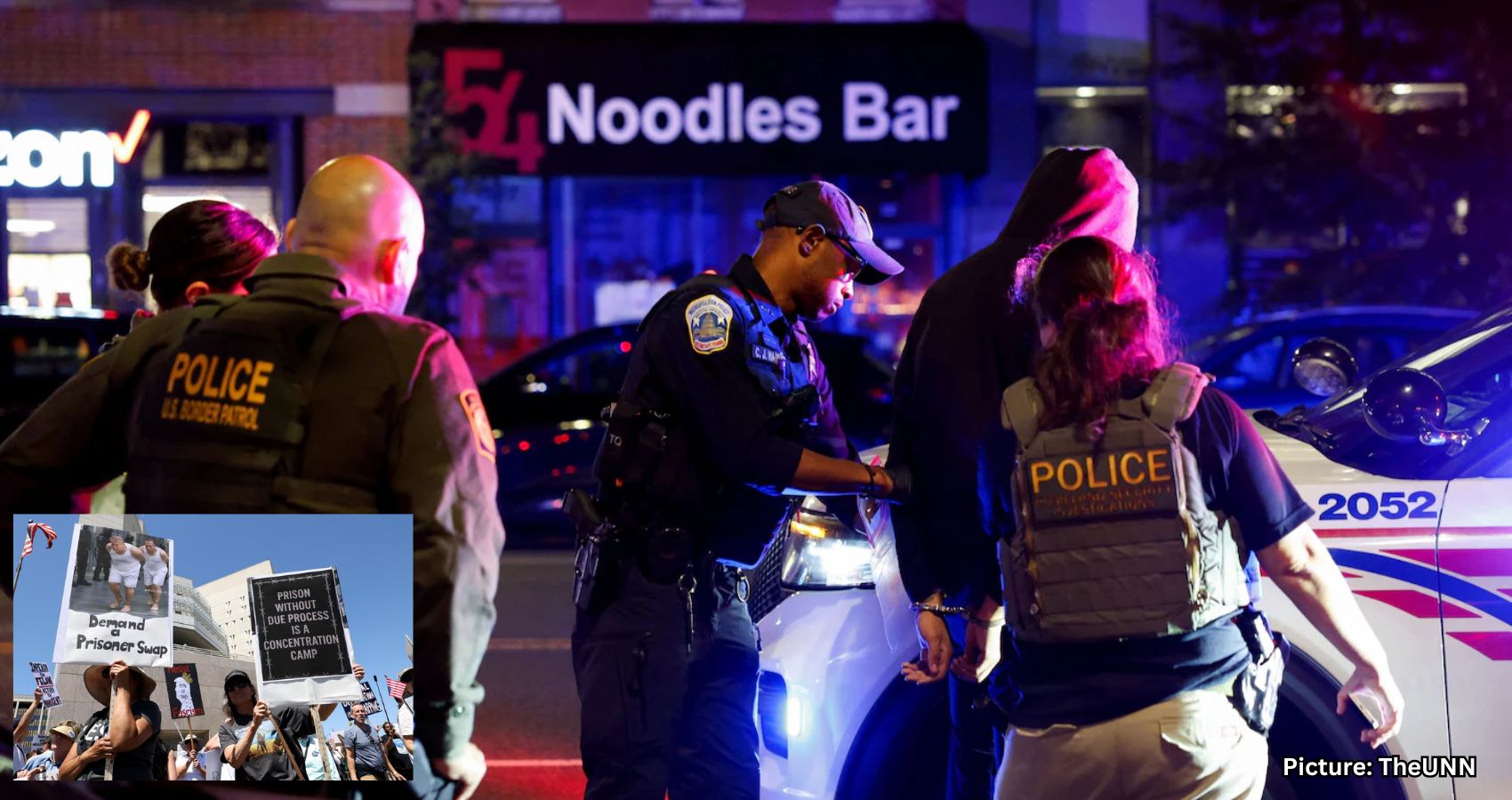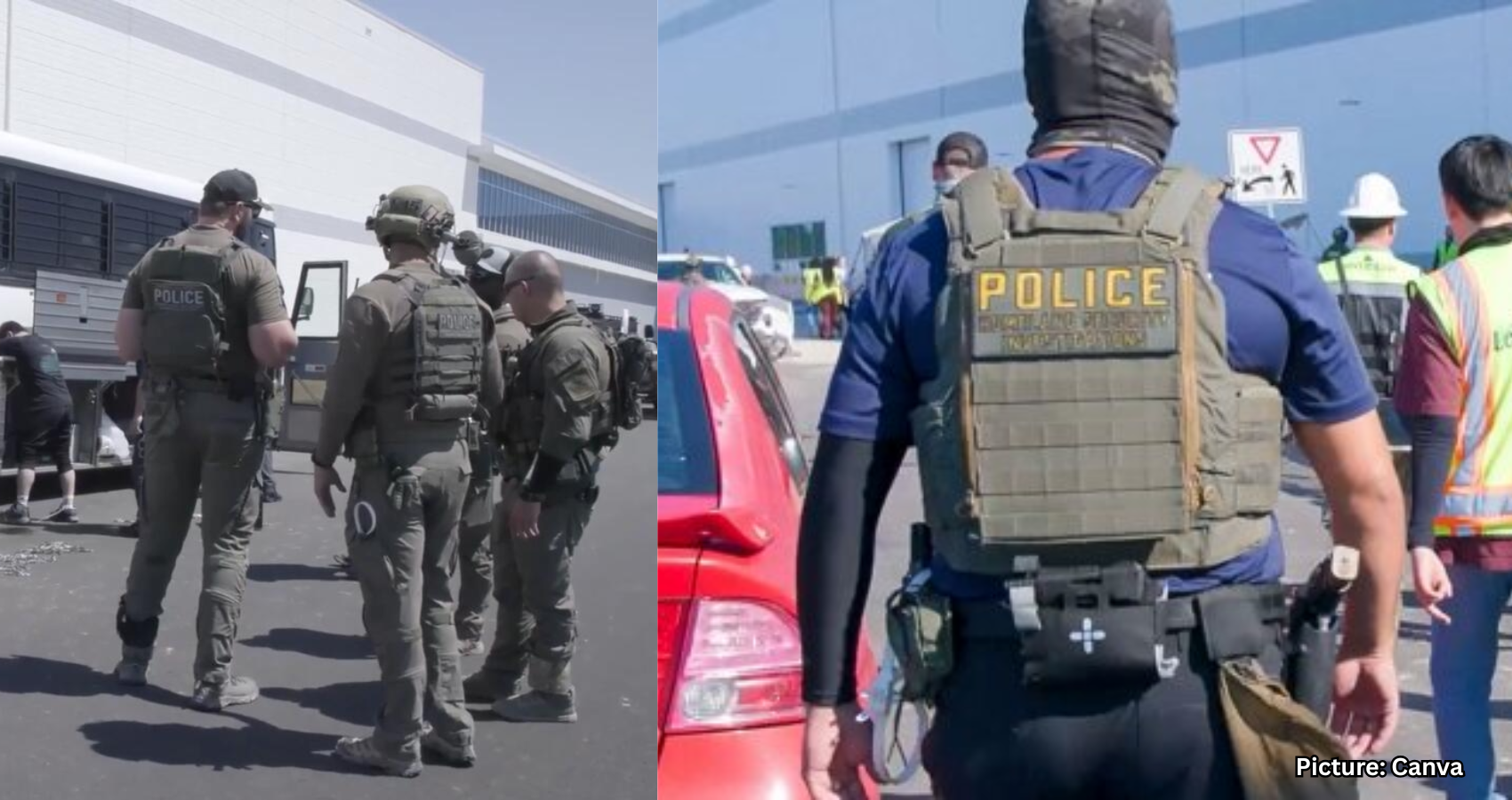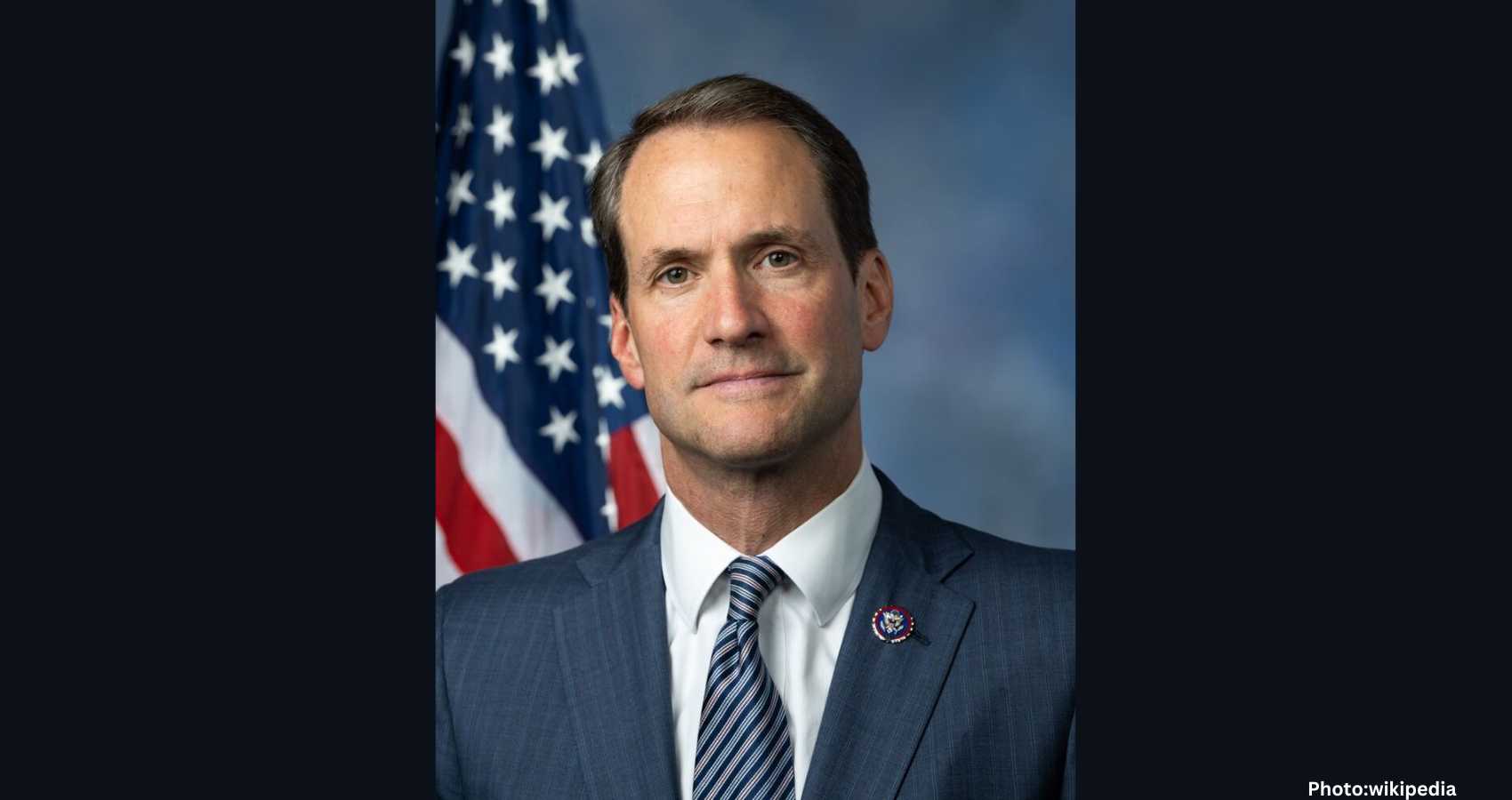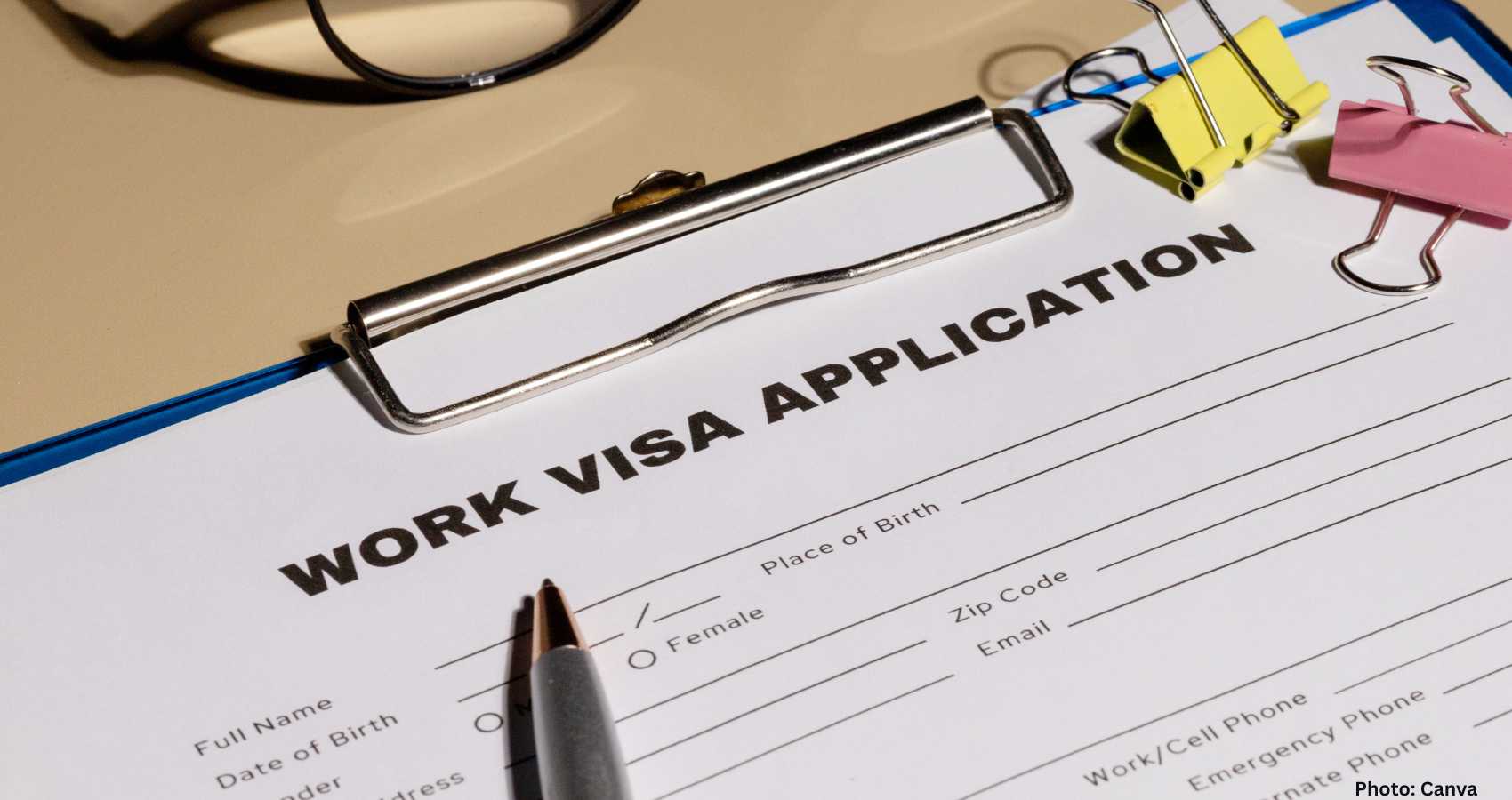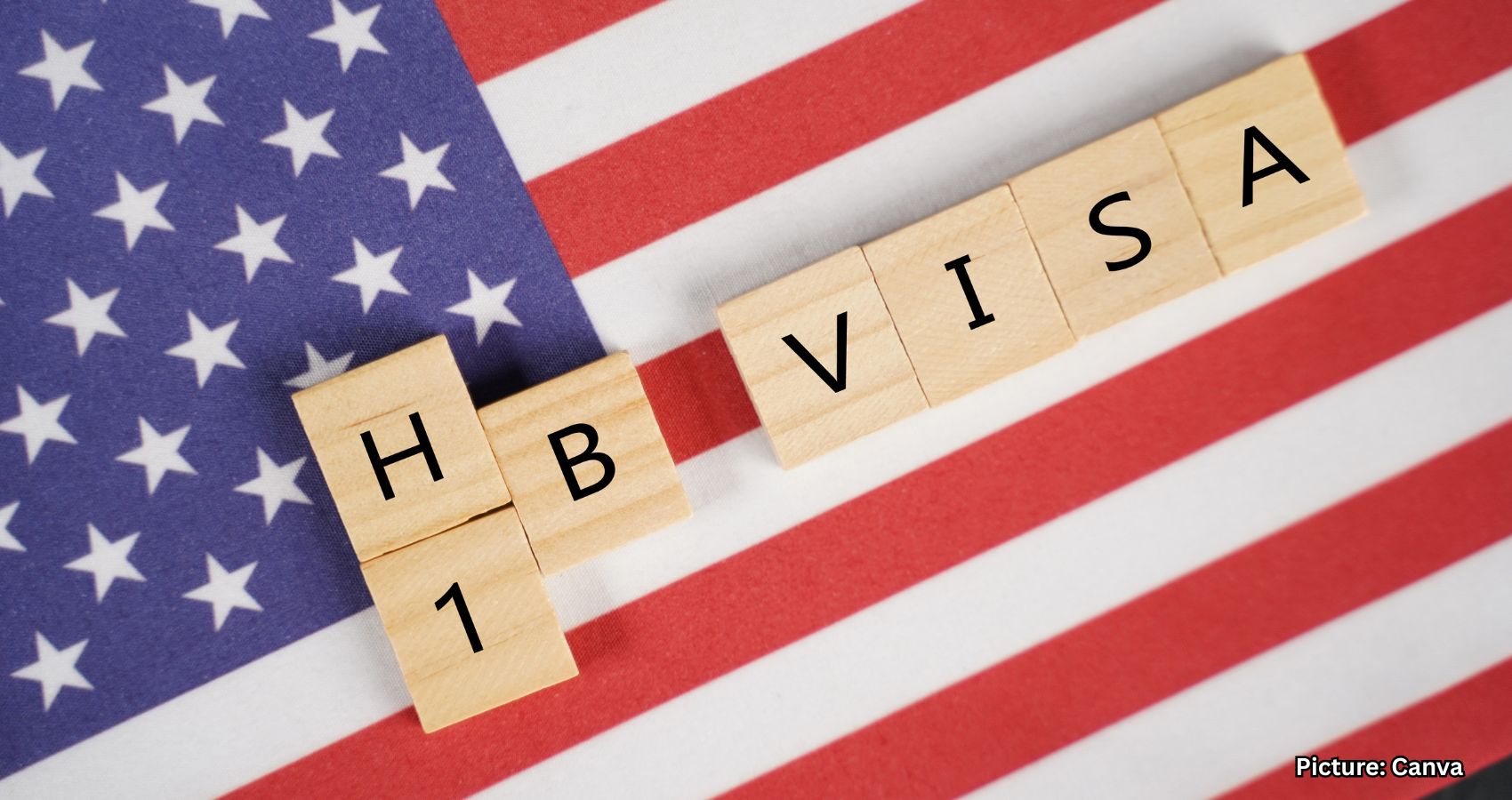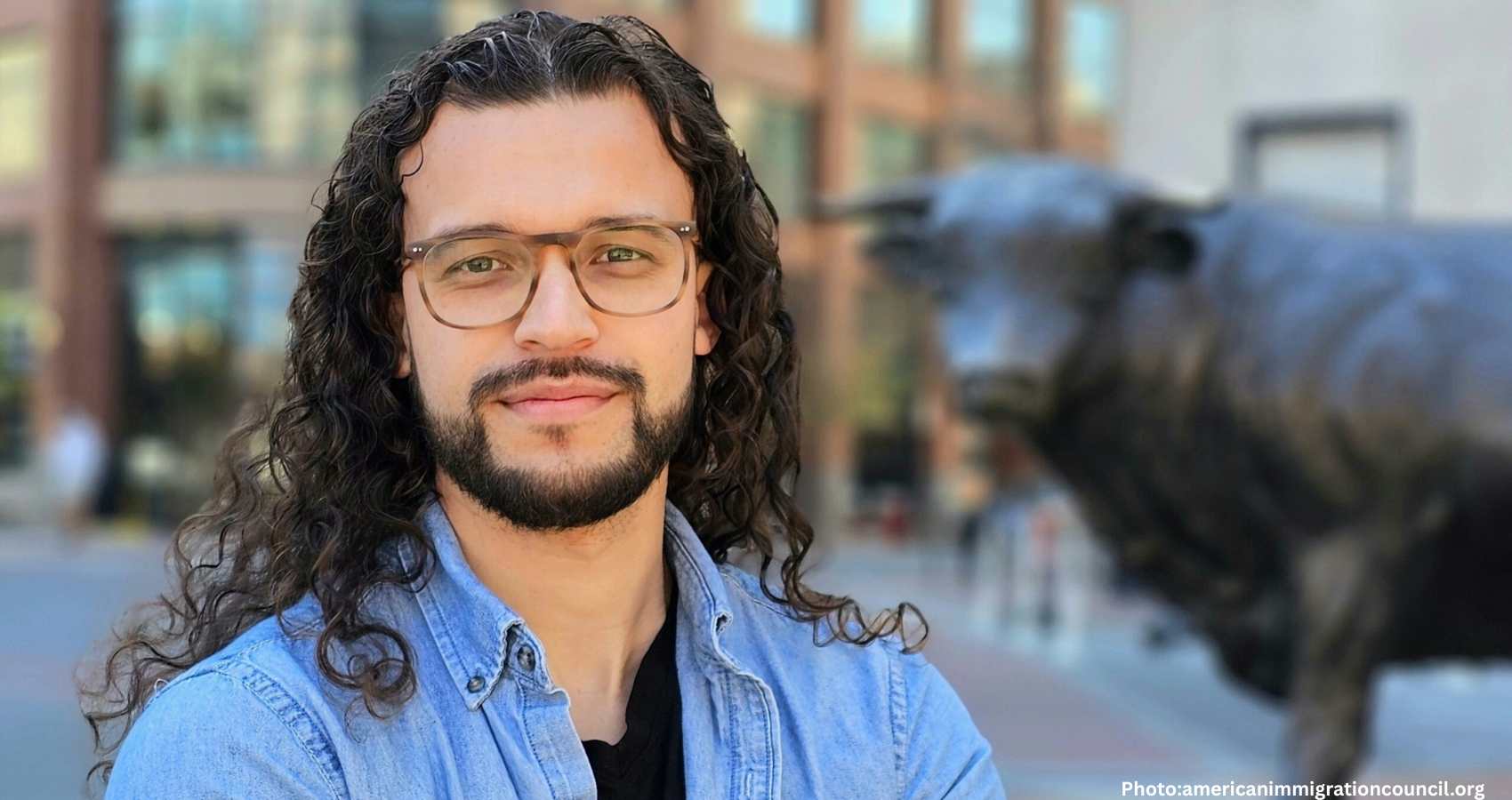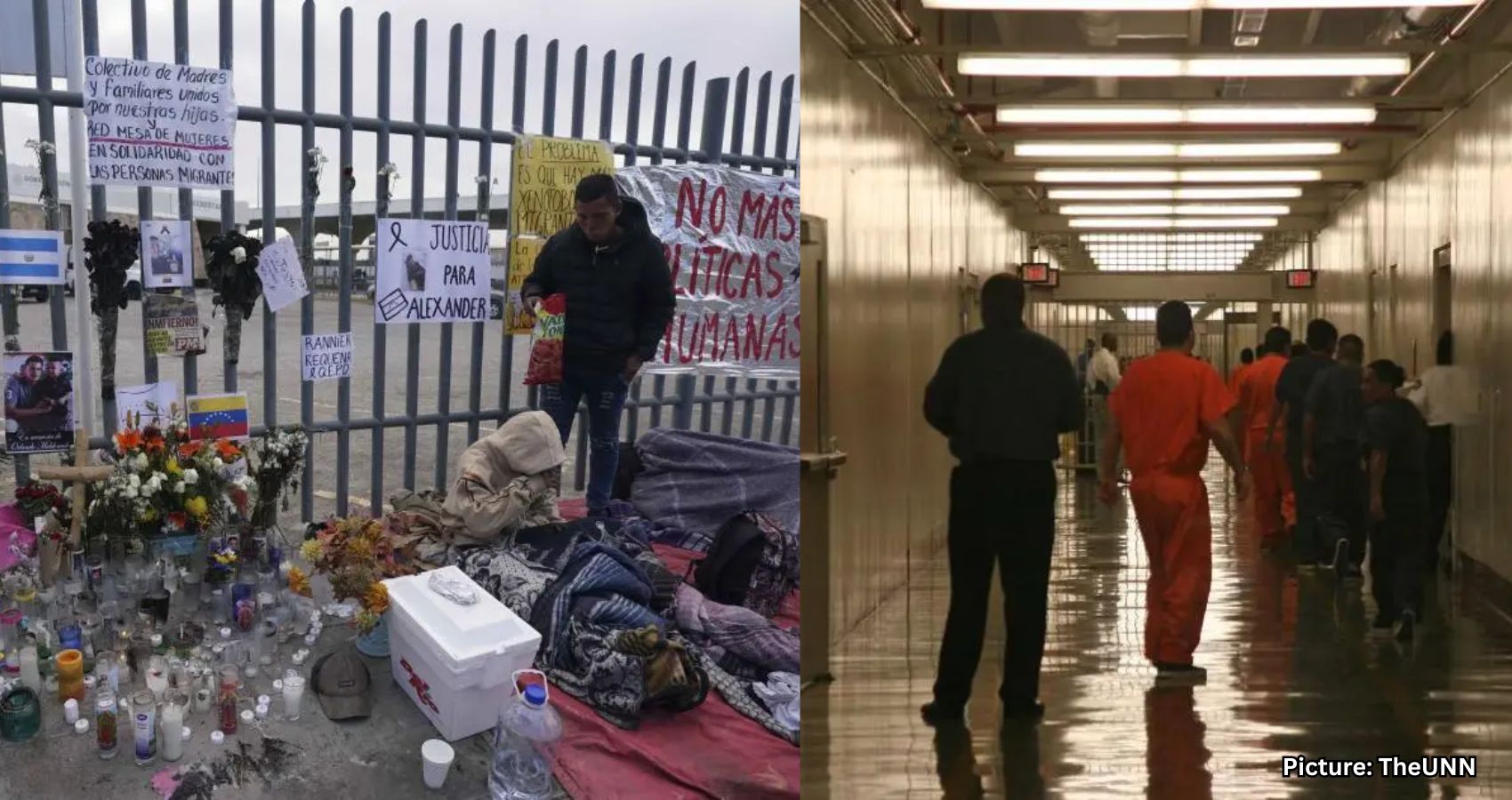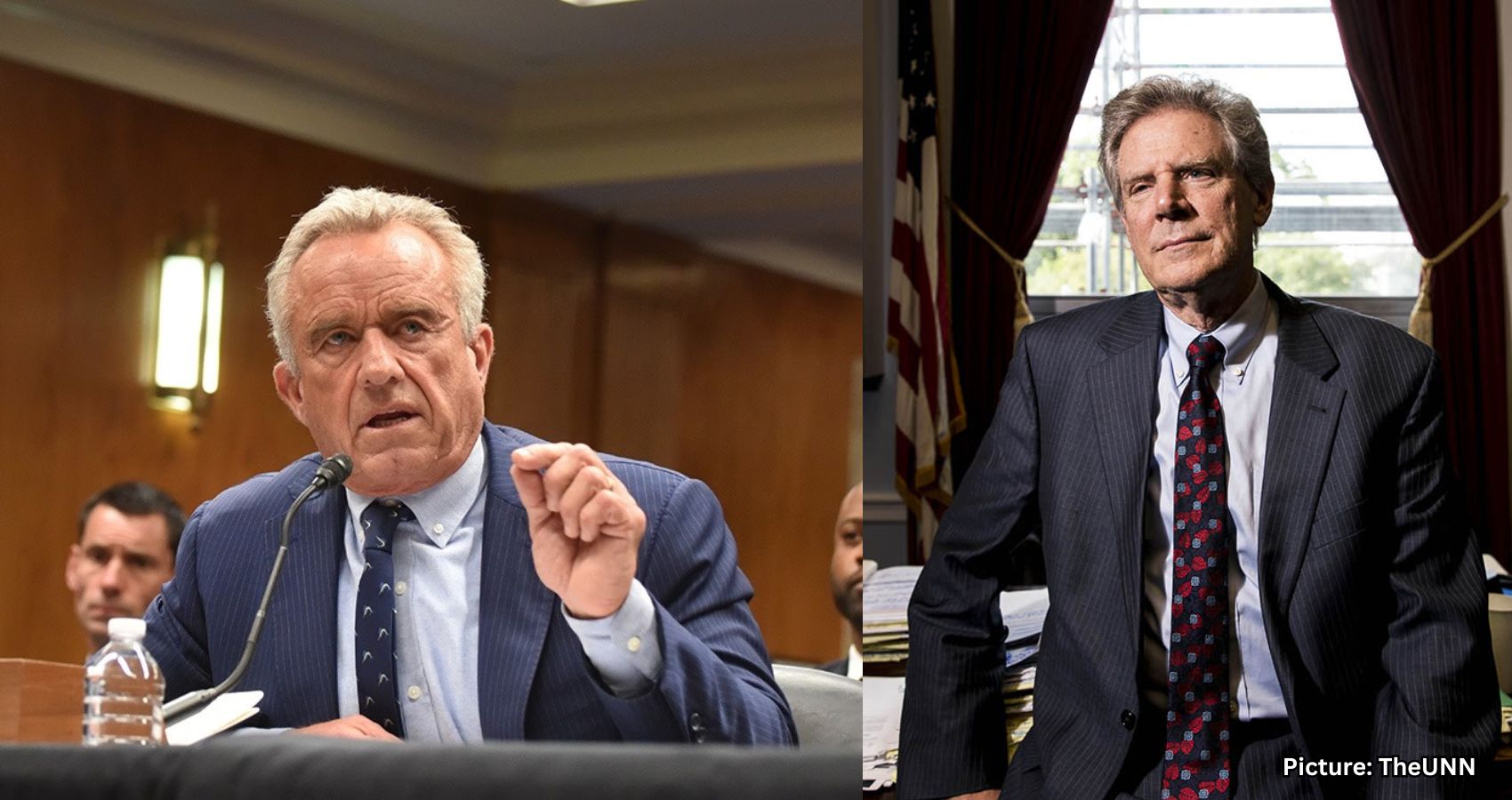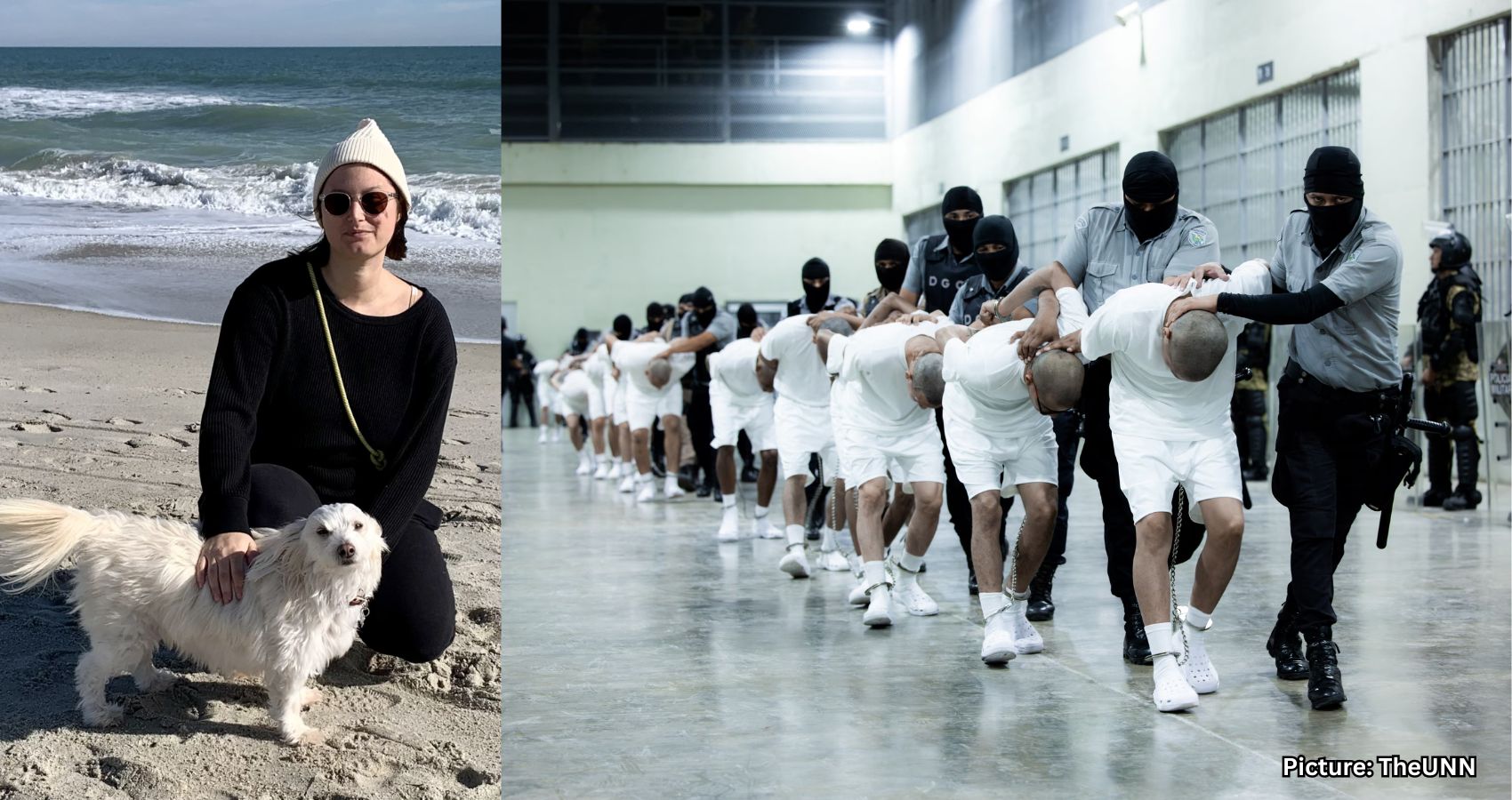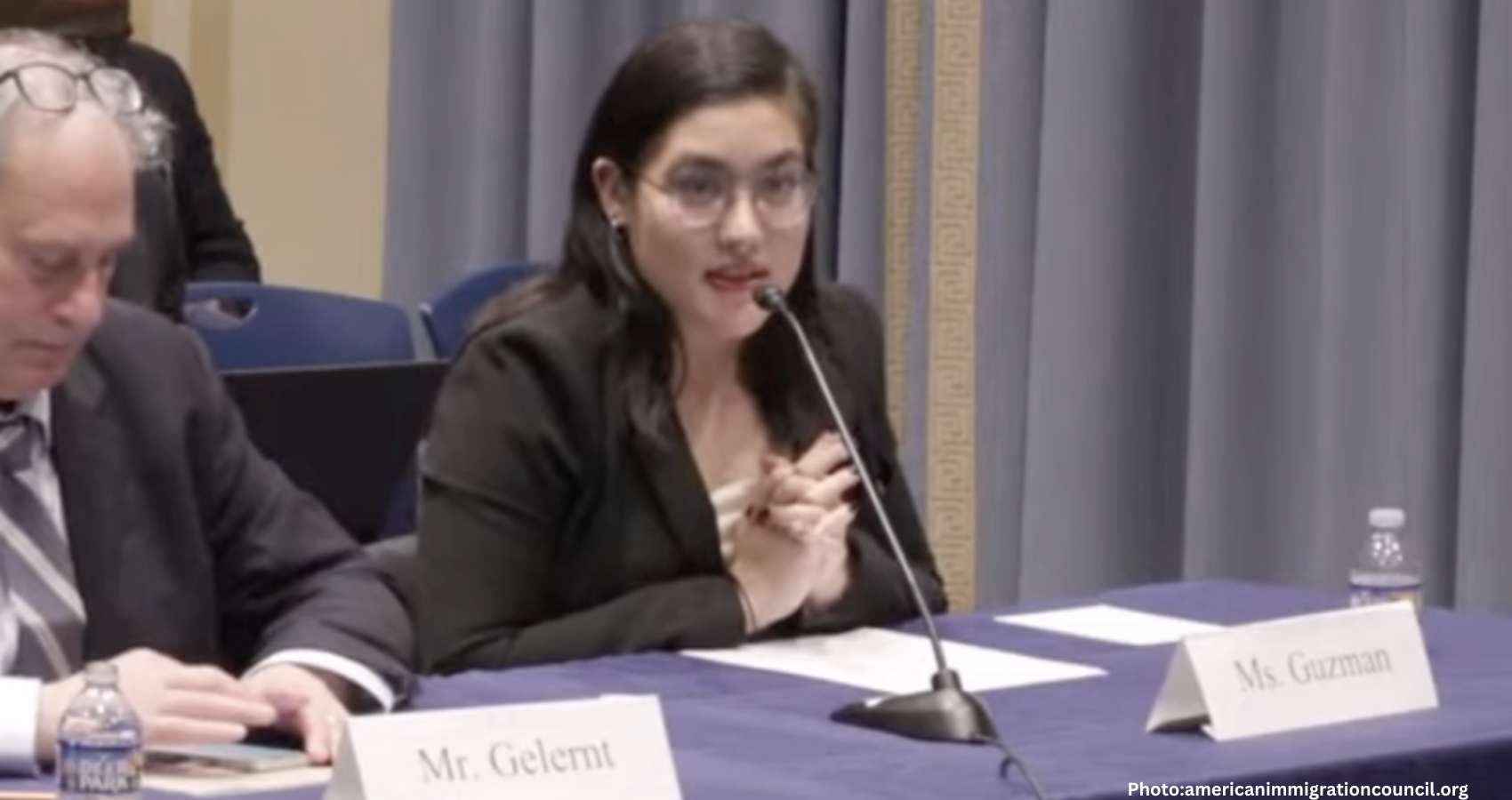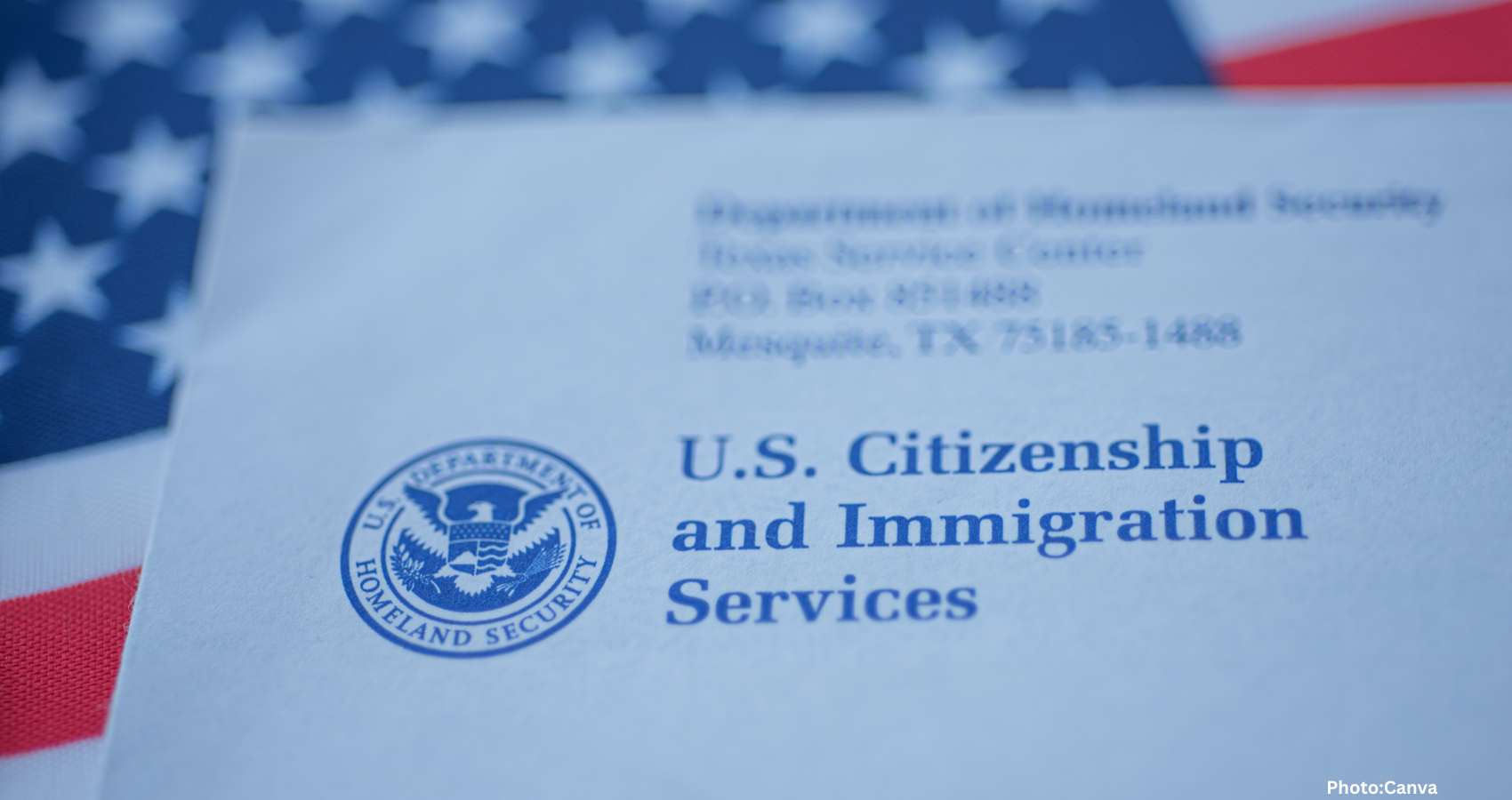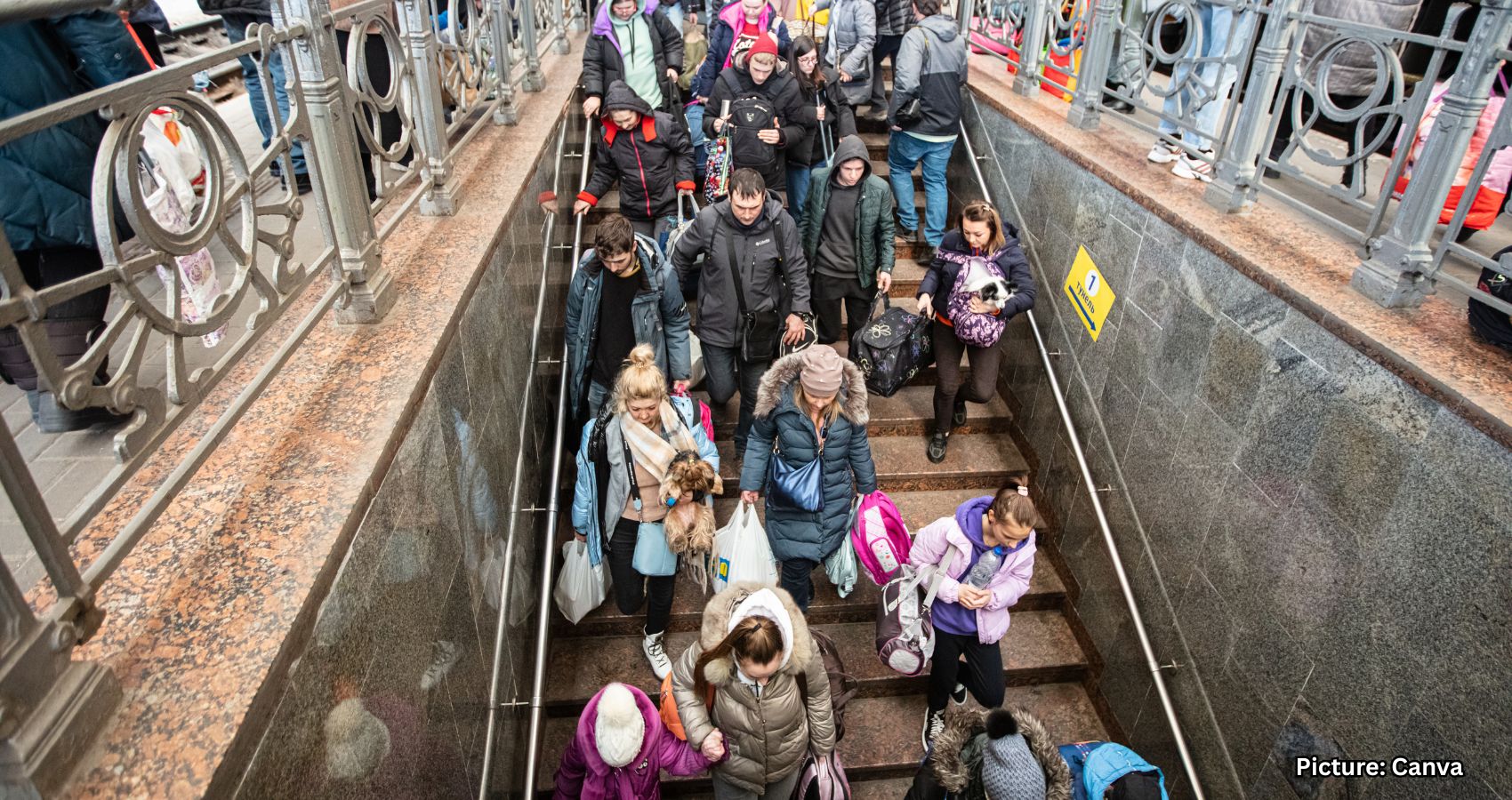Amid rising anti-immigrant sentiment, Indian Americans and H-1B visa holders are facing shifting public perceptions in the United States, particularly in the wake of Donald Trump’s presidency.
A recent encounter in Milwaukee, Wisconsin, highlights the growing tensions faced by Indian professionals in the United States. An Indian IT worker on an H-1B visa was confronted by a man who blocked his path and demanded to know, “What are you doing, and where are you from?” The worker, who is employed by an Indian American-owned IT firm, initially resisted the inquiry, stating, “It’s none of your business who I am or where I’m from.” However, the man insisted, “It is my business. I want to know who is here in my country and what they are doing.” This unsettling confrontation left the IT professional shaken, prompting him to express a desire to return to India later that evening.
This incident is not an isolated case; it reflects a broader trend of increasing hostility toward Indian Americans and those on H-1B visas. Since Donald Trump resumed his presidency in January, public sentiment has shifted dramatically, particularly among right-wing groups. Following Trump’s announcement of a $100,000 fee on new H-1B petitions in September, claims that Indians are “job stealers” have proliferated on social media, alongside calls to abolish the visa program altogether.
The political landscape has also changed, with figures such as Florida Governor Ron DeSantis taking a stand against H-1B visas. DeSantis recently declared that public universities in Florida would cease to utilize H-1B visas, asserting that they are hiring foreign workers instead of qualified Americans. This move is expected to have a significant impact on the more than 400 foreign workers employed at Florida’s state universities, further fueling anti-immigrant rhetoric across the nation.
According to fwd.us, an advocacy group that supports the H-1B program, there are approximately 730,000 H-1B visa holders in the United States, along with around 550,000 dependents, totaling nearly 1.3 million individuals. Notably, over 70 percent of H-1B recipients are Indian nationals. The majority of these visas—65 percent in 2023—were issued for computer-related occupations, with nearly half of all H-1B-sponsoring employers falling within the professional, scientific, and technical services sector, according to data from USCIS.
The H-1B visa program, which has long faced criticism, has become a political flashpoint. The current climate is marked by a notable shift, as some of Trump’s closest advisors, including White House Deputy Chief of Staff Stephen Miller and Commerce Secretary Howard Lutnick, have emerged as vocal opponents of the program. Their views are echoed by a growing chorus of right-wing voices on social media, creating a ripple effect that is reshaping the fabric of American society.
Amar Gupta, a long-time resident of New Jersey, observes the changes in public perception of Indian culture. He notes that this year’s Diwali celebrations were marred by multiple incidents of white neighbors calling the police on Indian families celebrating with fireworks. What was once an enjoyable festival for many has now become a source of contention.
Heightened scrutiny has also been directed at Indian Americans in professional and social settings. Many individuals within the community report feeling increased racism, exacerbated by the ongoing reinforcement of immigration controls and stricter visa regulations. The rise of Trump’s “Make America Great Again” movement has left many immigrant groups, including Indian Americans, grappling with a rapidly changing public image.
Today, six Indian Americans serve in the U.S. Congress, a significant increase from a generation ago when there were none. Prominent companies such as Google, Microsoft, and IBM are led by Indian American CEOs. However, this visibility may also render the community a target for immigration hardliners, as economic anxiety and political polarization grow.
Sanjeev Joshipura, executive director of Indiaspora, a leading Indian American organization, notes that the rise in anti-immigrant sentiment has been brewing for some time. He attributes this to the widening gap between affluent individuals and those who are less well-off, which has been exacerbated by recent political developments.
Joshipura emphasizes that issues such as tariffs, visas, and immigration policies, along with inflammatory rhetoric from influential figures, have contributed to the anti-India sentiment observed online and in real life. This sentiment is increasingly reflected in how Indian cultural celebrations, like Diwali, are perceived in the U.S.
Some community members argue that an overemphasis on cultural identity may also be contributing to the backlash. Instances of Indian nationals or Indian Americans involved in high-profile legal cases have drawn public attention, further complicating perceptions of the community. For example, a recent case involving an Indian national accused of orchestrating a visa fraud scheme prompted a stern warning from USCIS about immigration fraud.
In another notable incident, BlackRock was reportedly defrauded of over $500 million by an Indian-origin executive. Such cases have emerged alongside international policy shifts, including Canada’s recent tightening of controls on Indian students, aimed at curbing temporary migration and addressing student visa-related fraud.
In light of these developments, some community voices are calling for introspection. Dan Mayur, a researcher based in Sugar Land, Texas, reflects on the evolving perception of Indian identity in the U.S. He acknowledges that while most Indians are hardworking and honest, a small number of individuals engaging in fraudulent activities can tarnish the community’s reputation.
Rajat Gupta, who runs the Instagram account ouramericandream.vlogs, highlights instances of Indians clashing with civic norms, such as shoplifting and public disturbances. He believes that acknowledging these issues is crucial for the community to address and resolve them.
Mayur concurs, suggesting that while pride in cultural heritage is important, it should not come at the expense of public convenience. He notes that the differing cultural expectations between Indian and American societies can lead to misunderstandings, particularly regarding large gatherings and celebrations.
Joshipura advocates for active participation in civic and philanthropic sectors as a means for the Indian community to combat negative perceptions. He emphasizes the importance of demonstrating that Indian Americans are a valuable asset to the nation.
As the landscape of public perception continues to evolve, the Indian American community finds itself at a crossroads, navigating the complexities of identity, success, and the challenges posed by a shifting political climate.
Source: Original article

